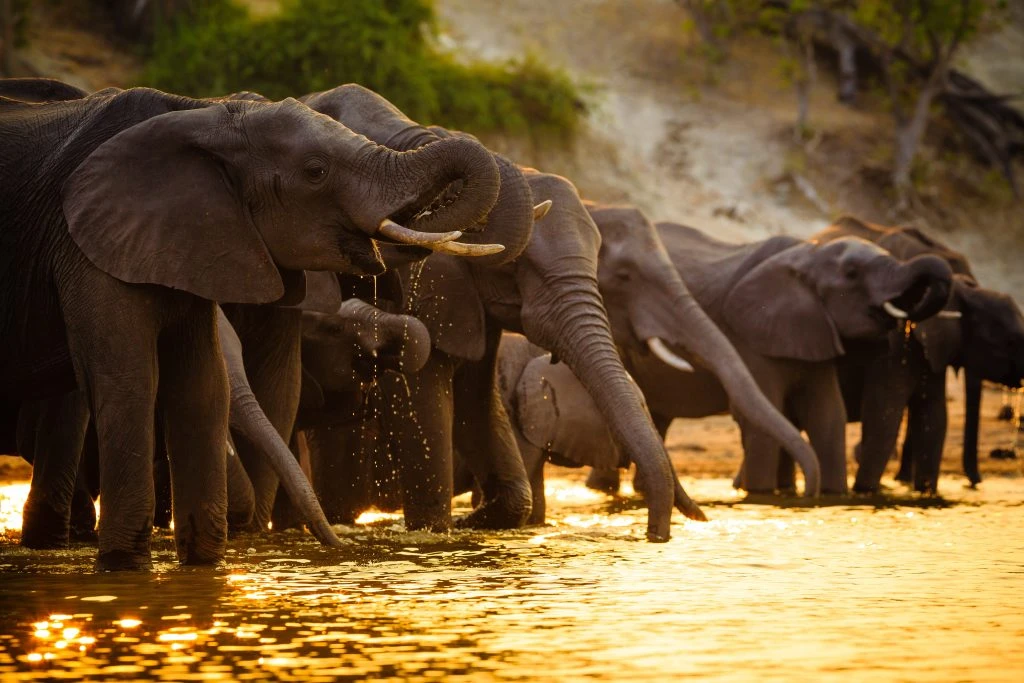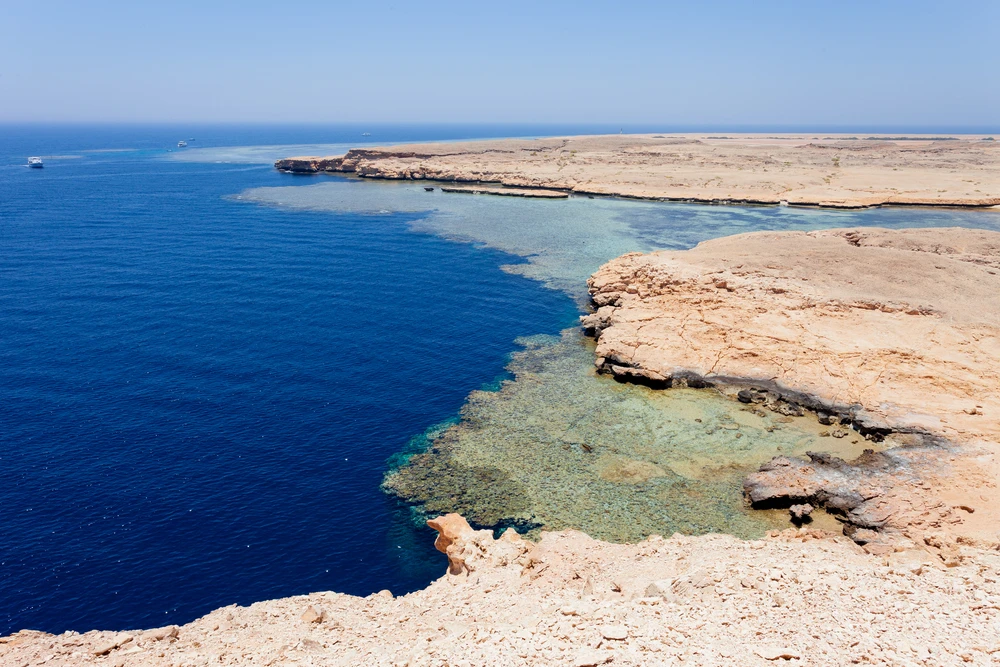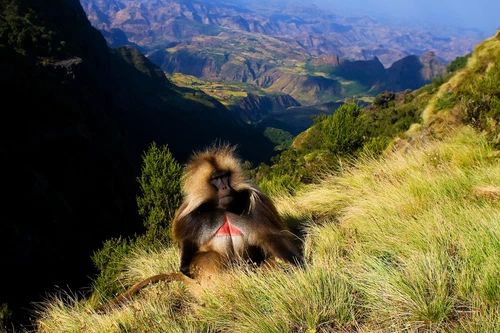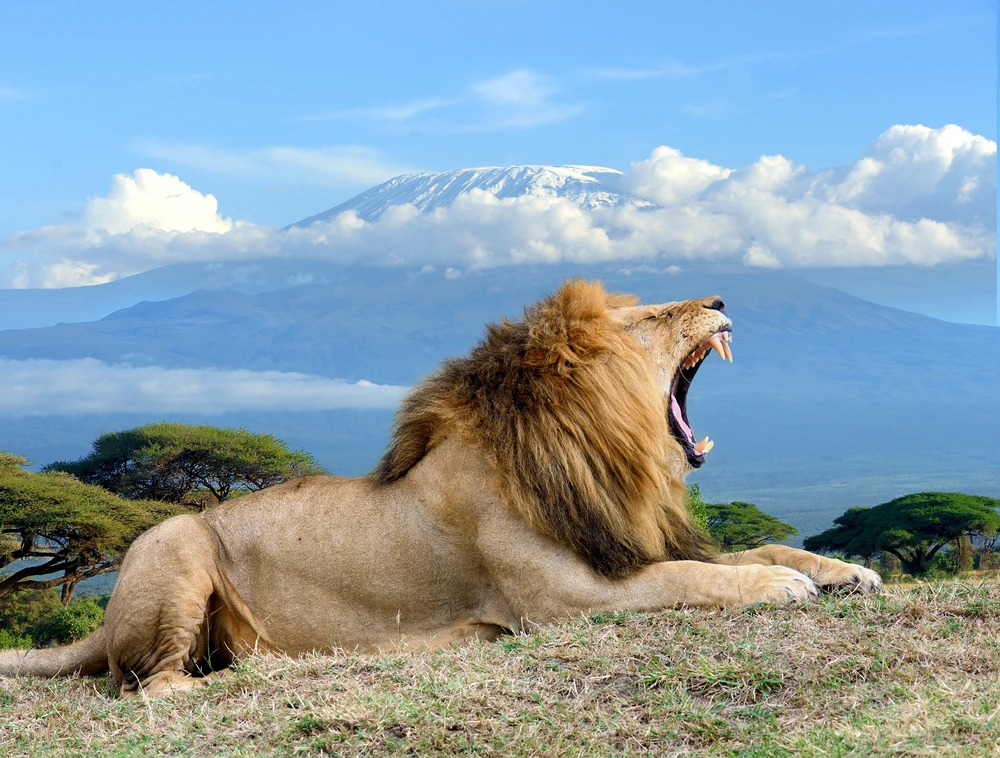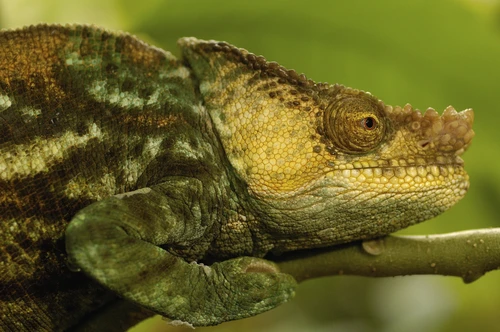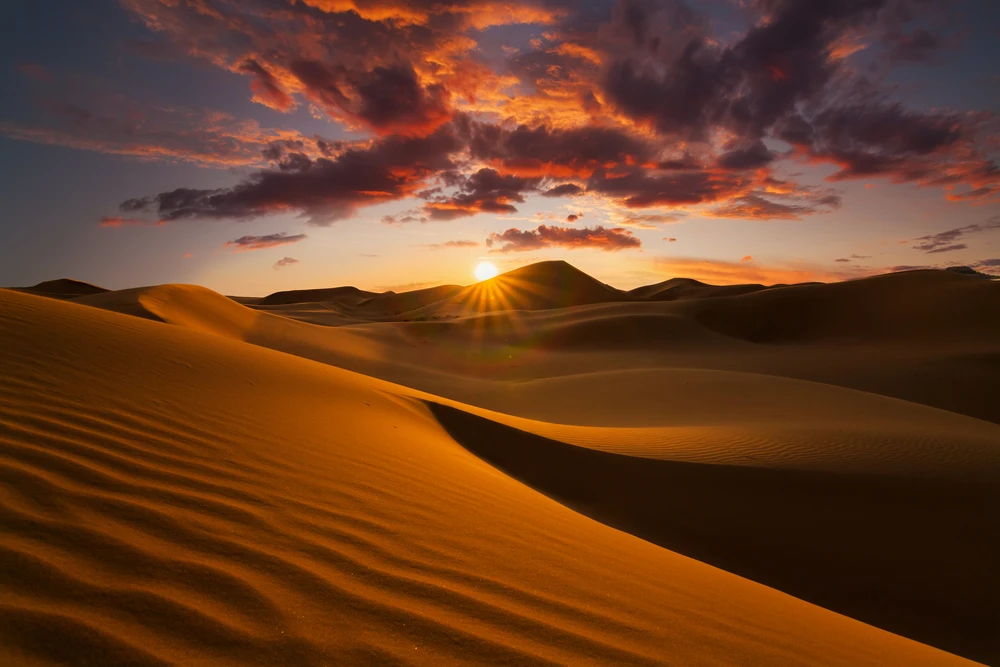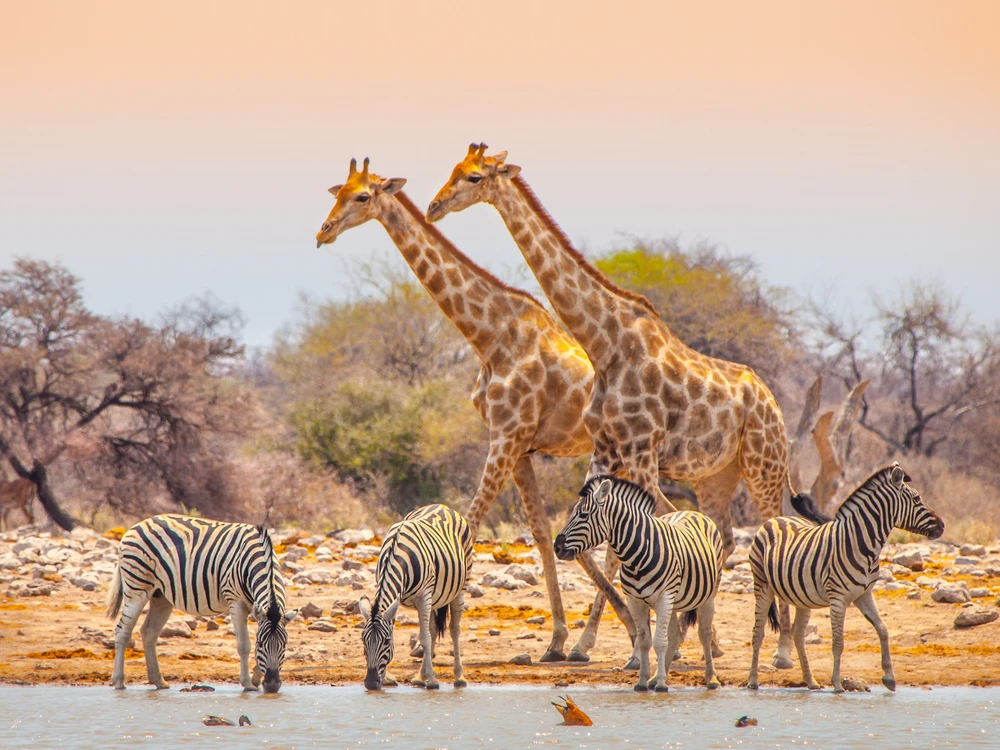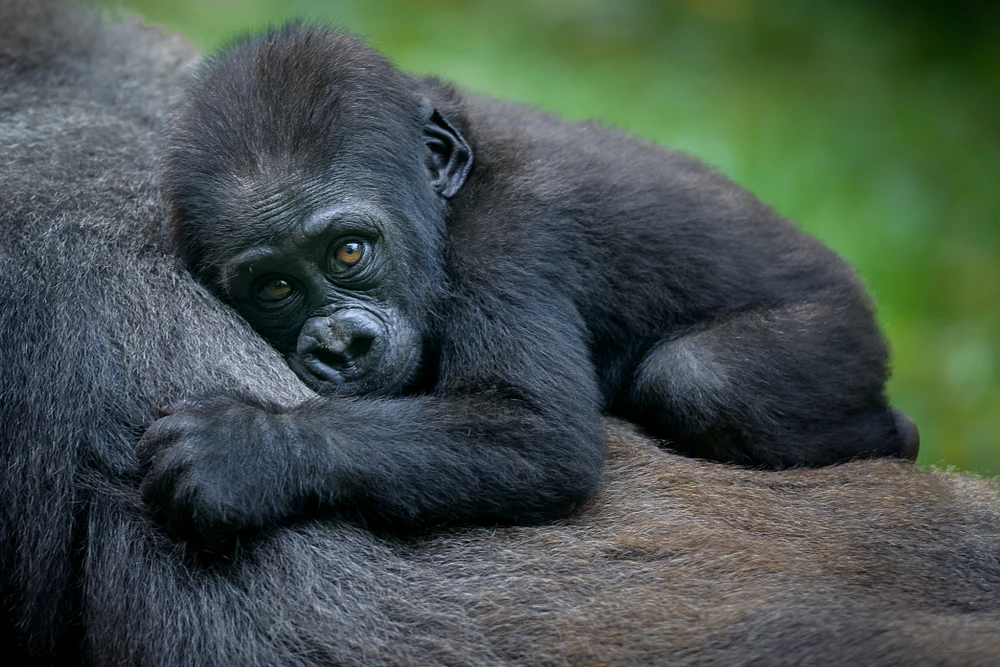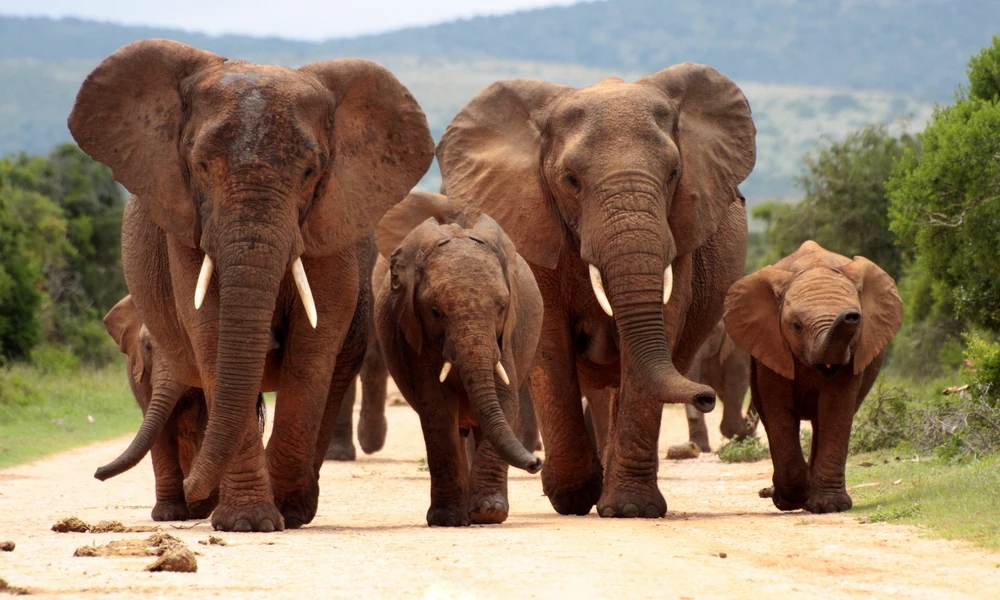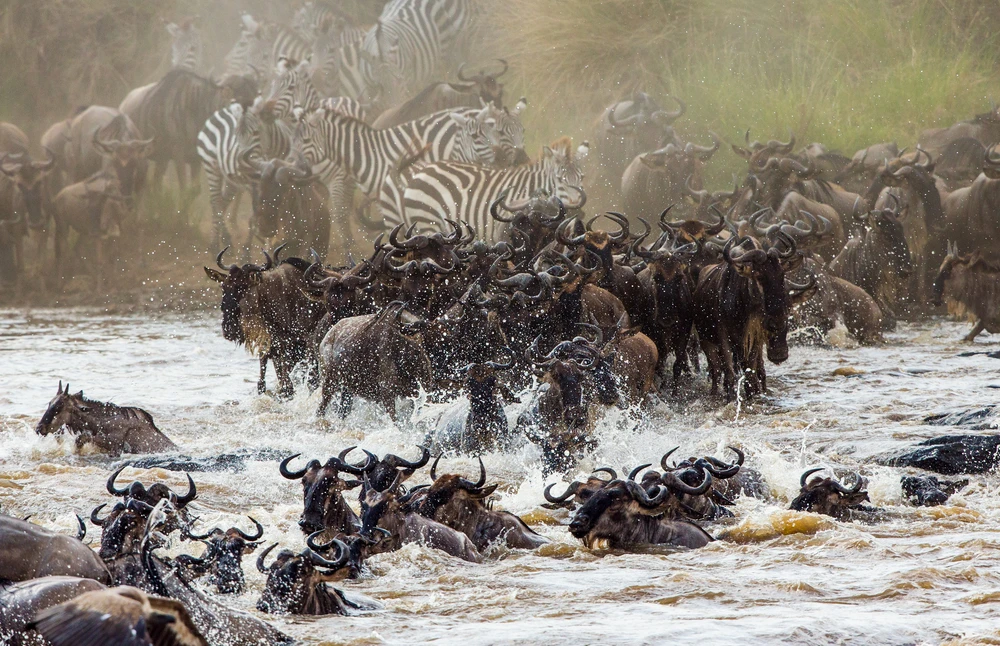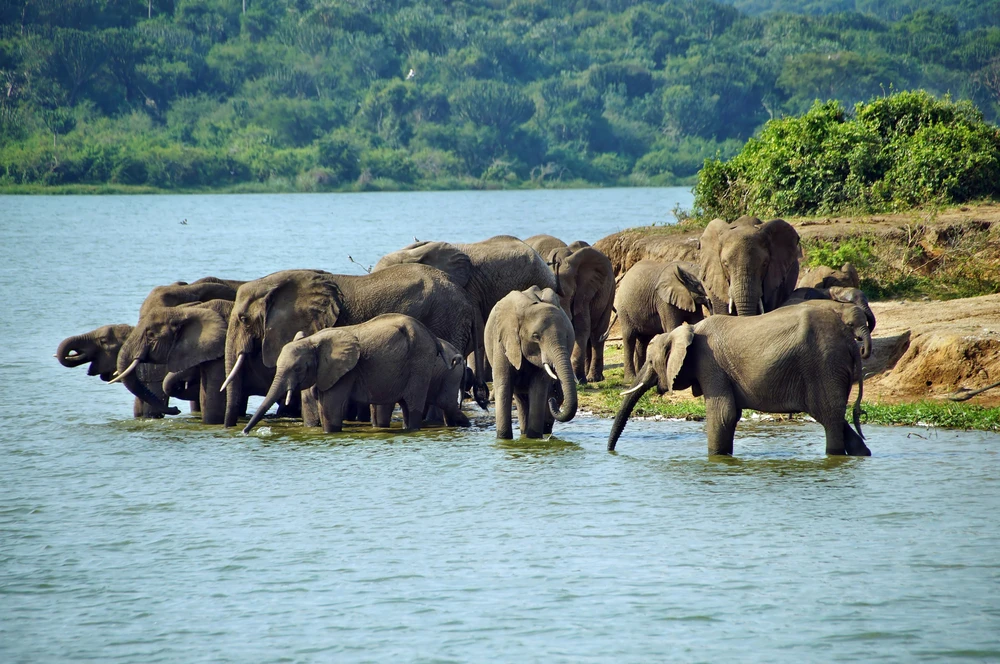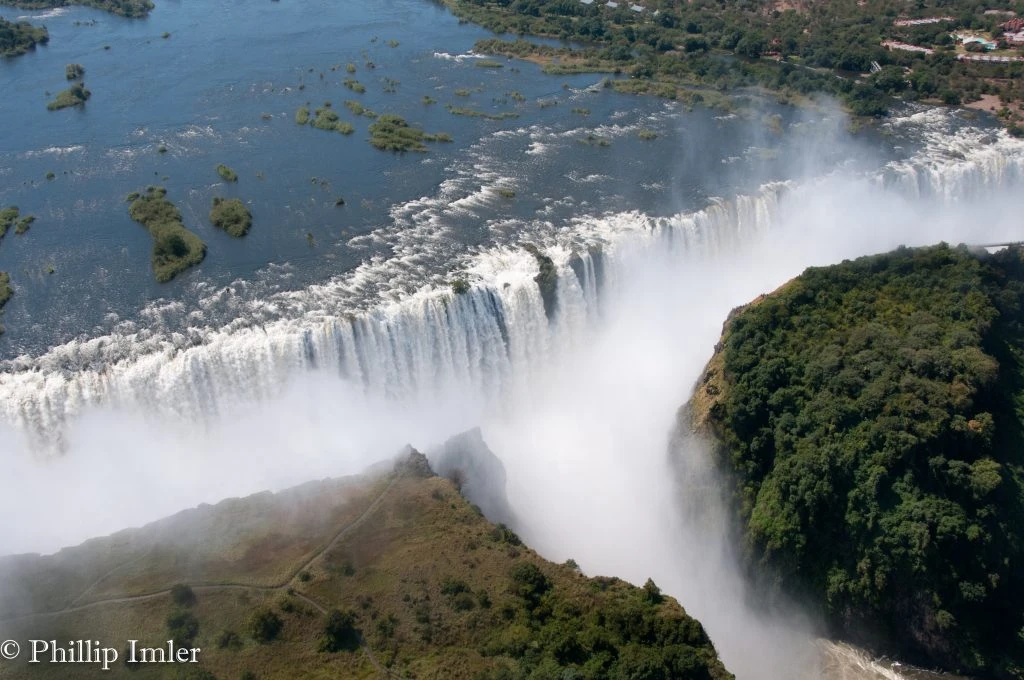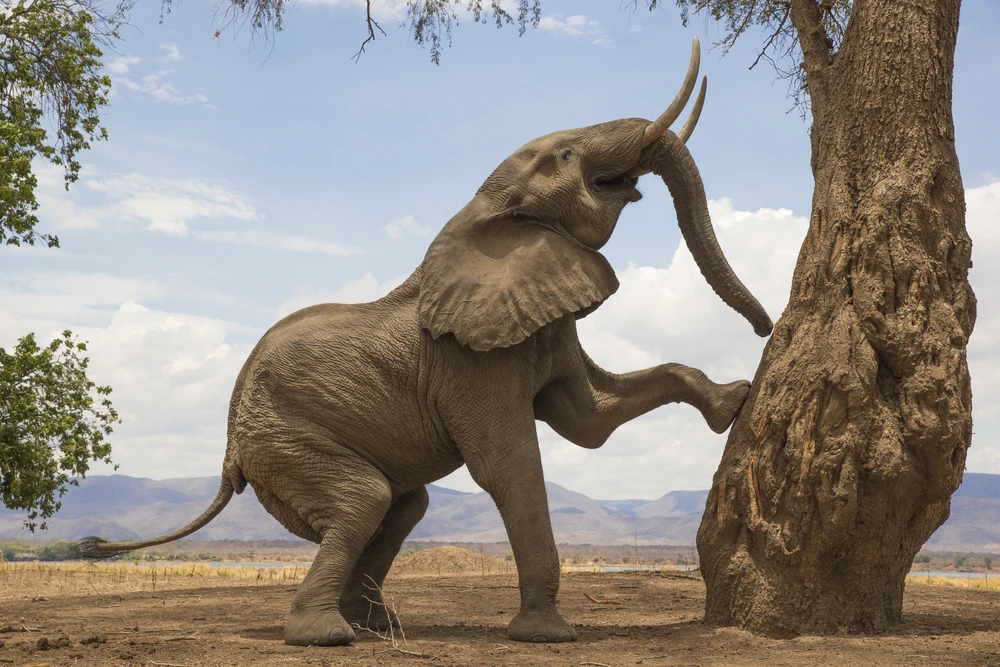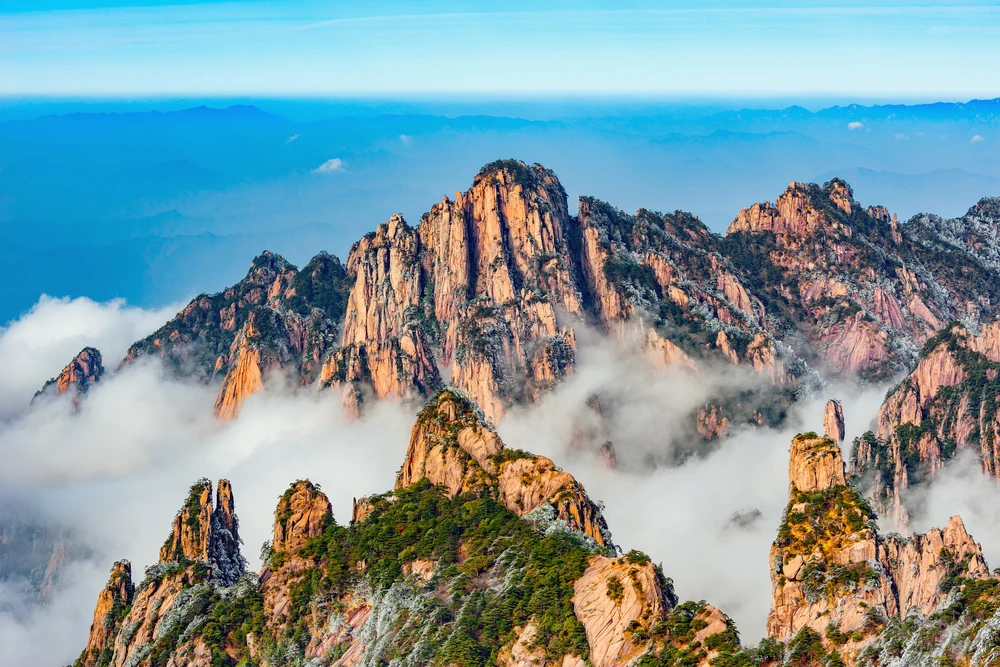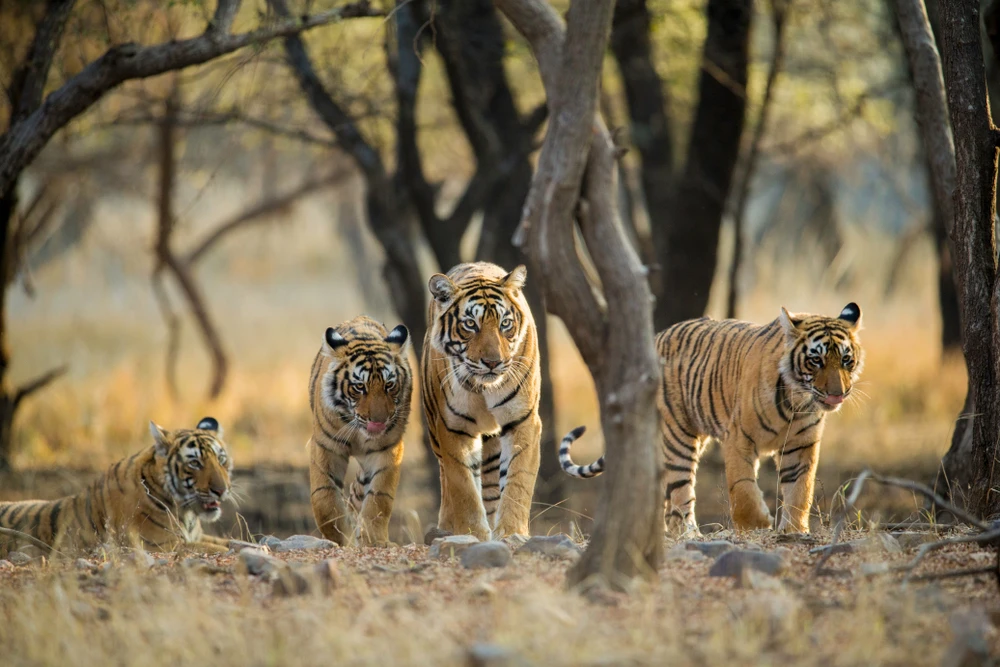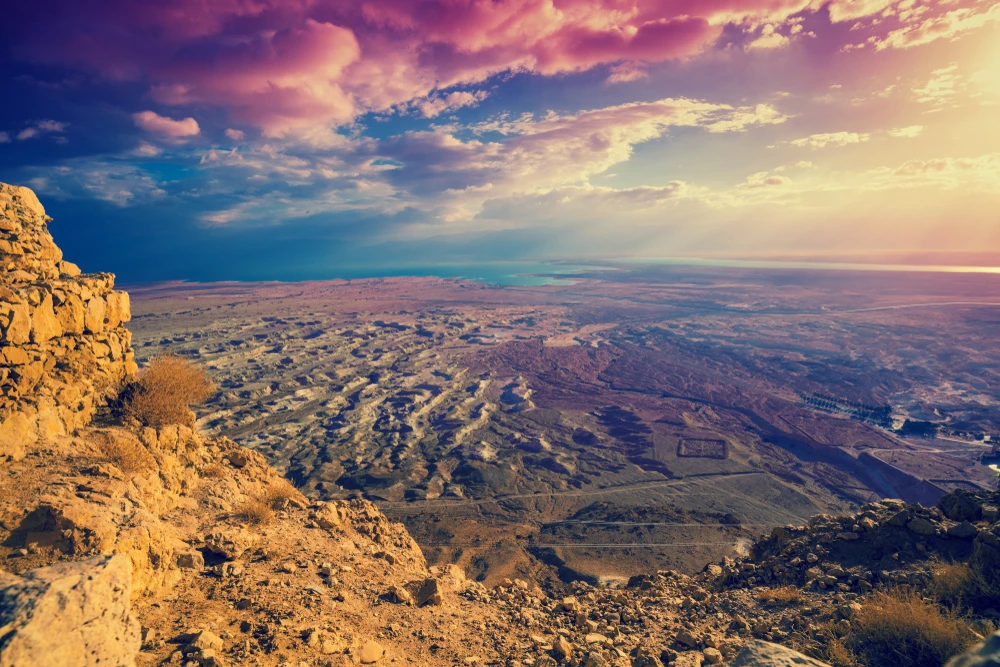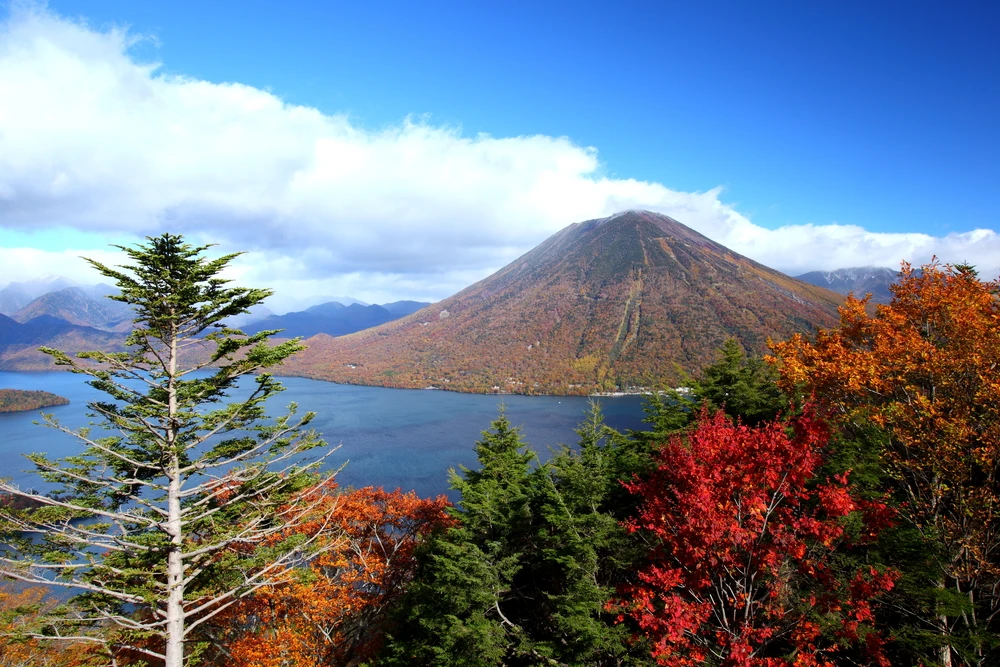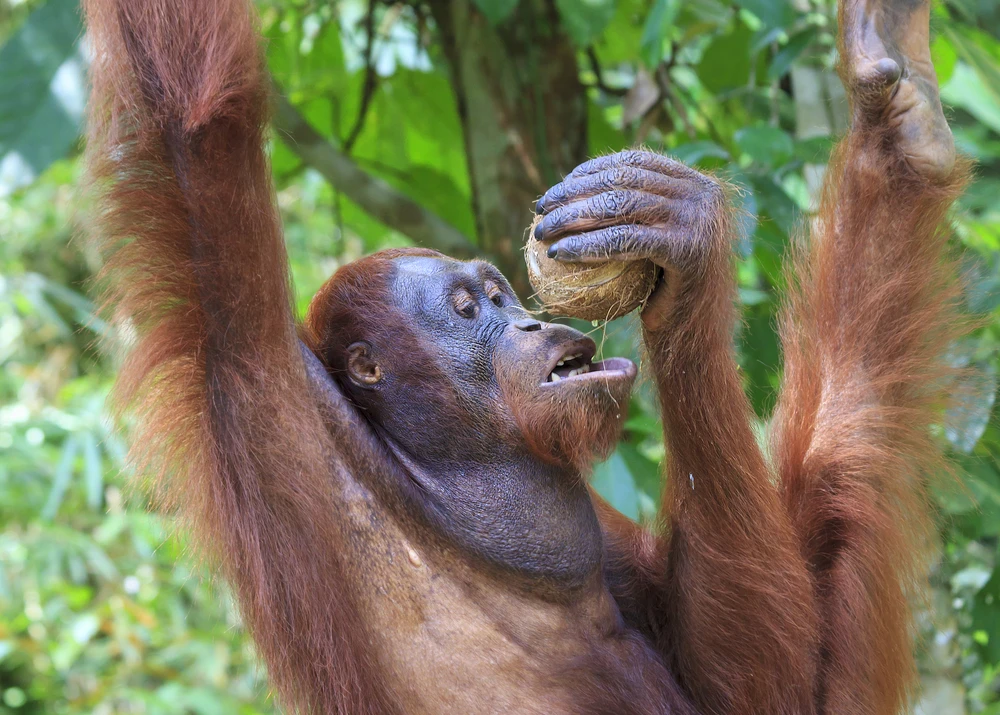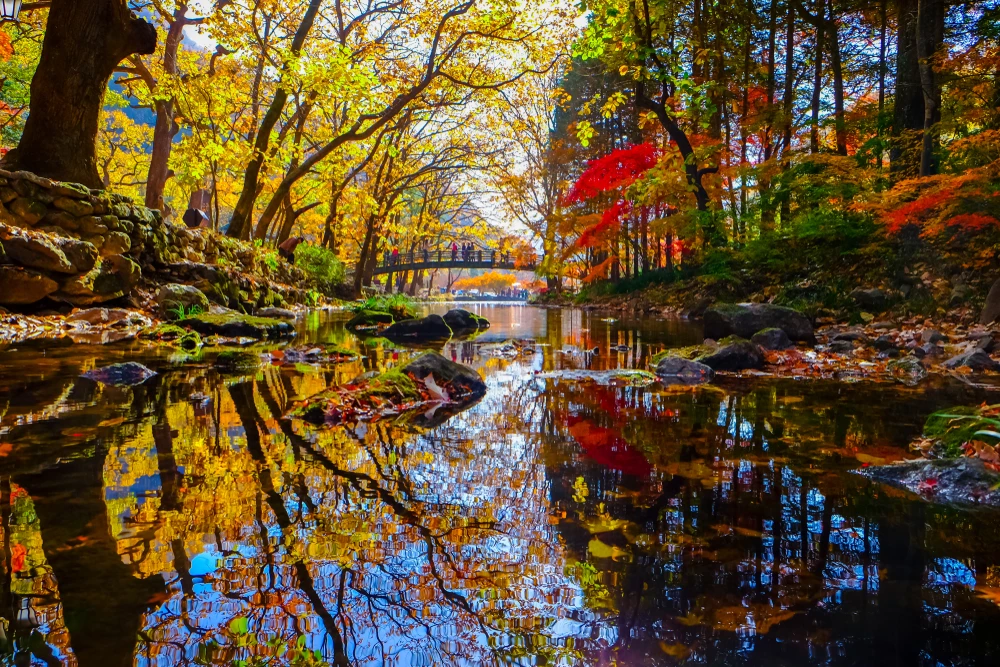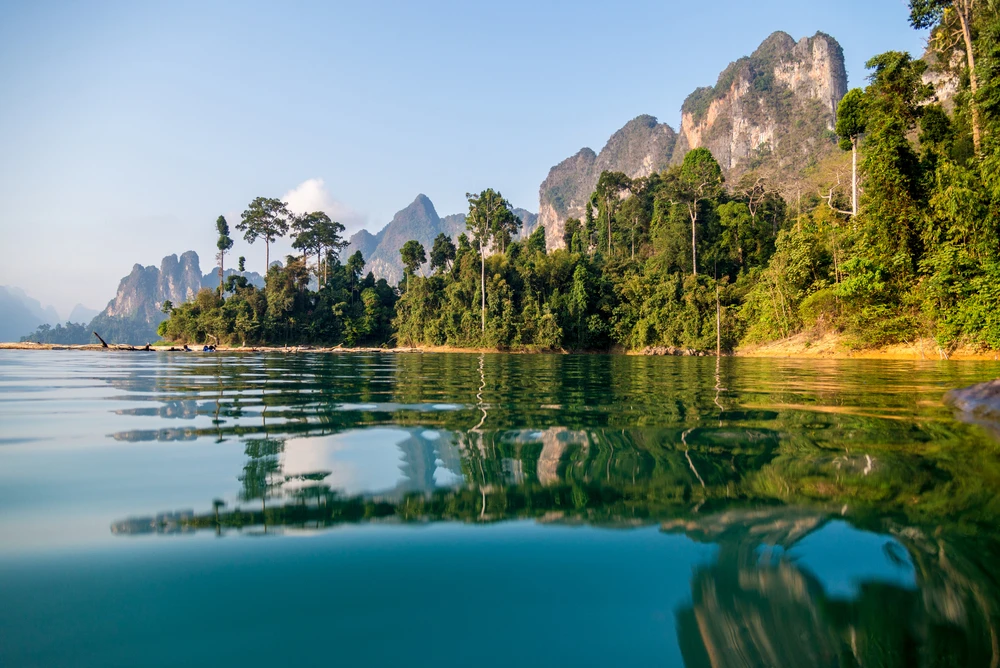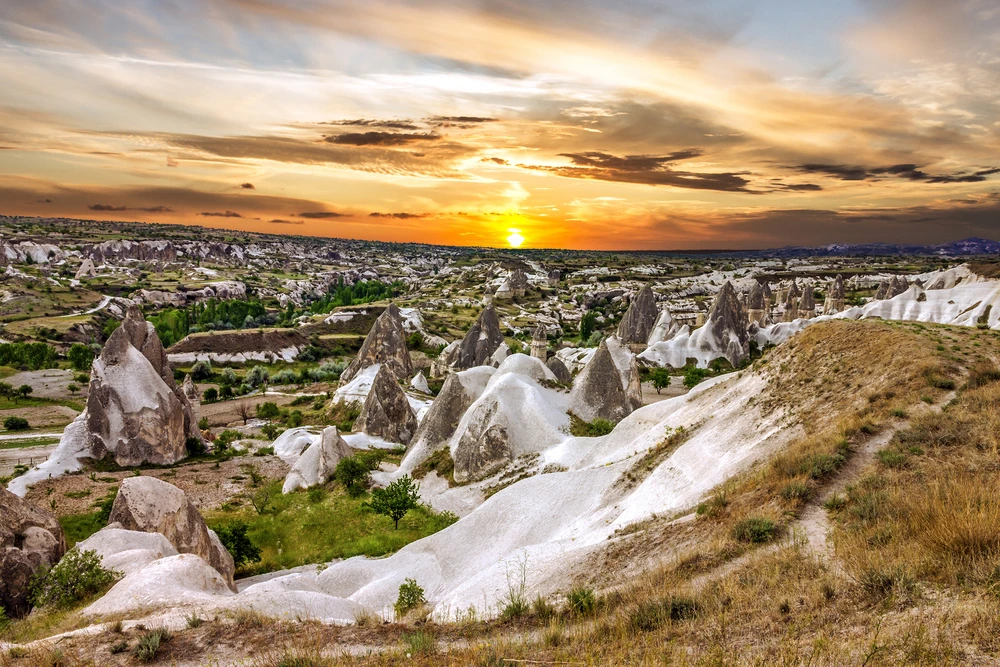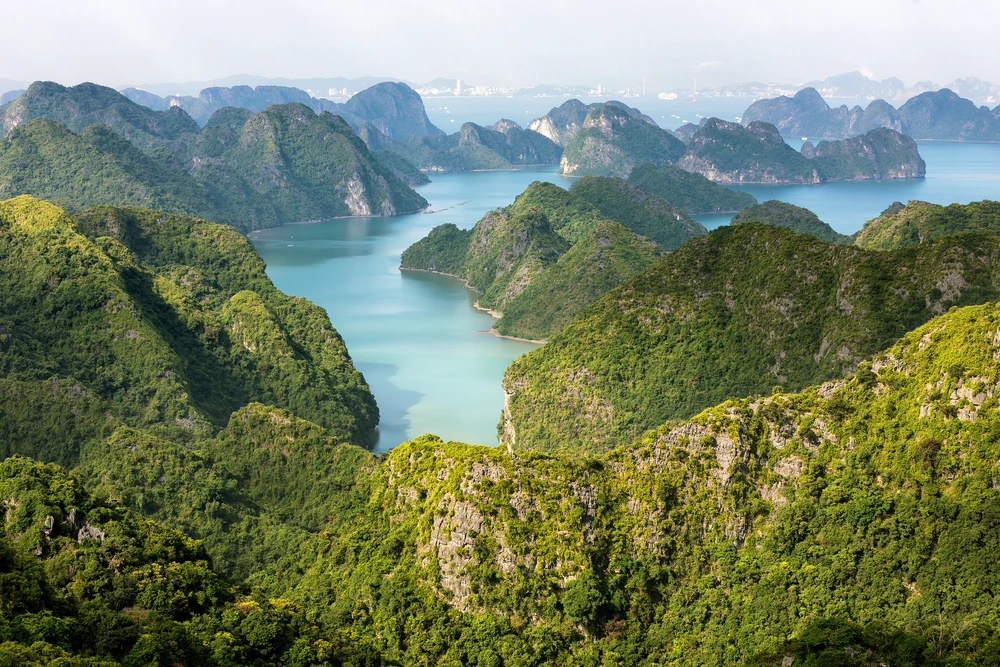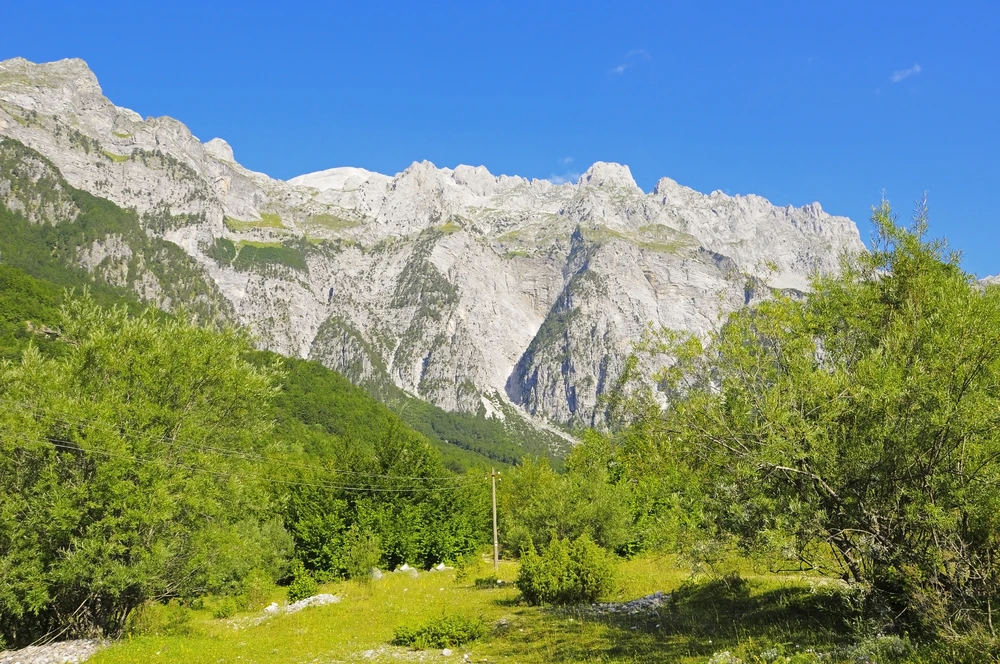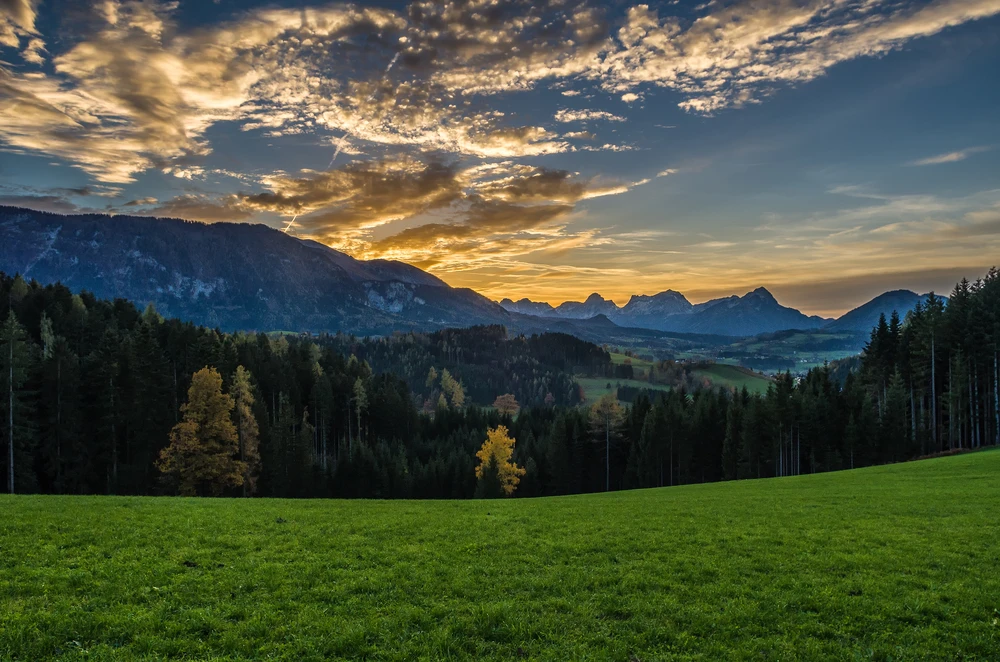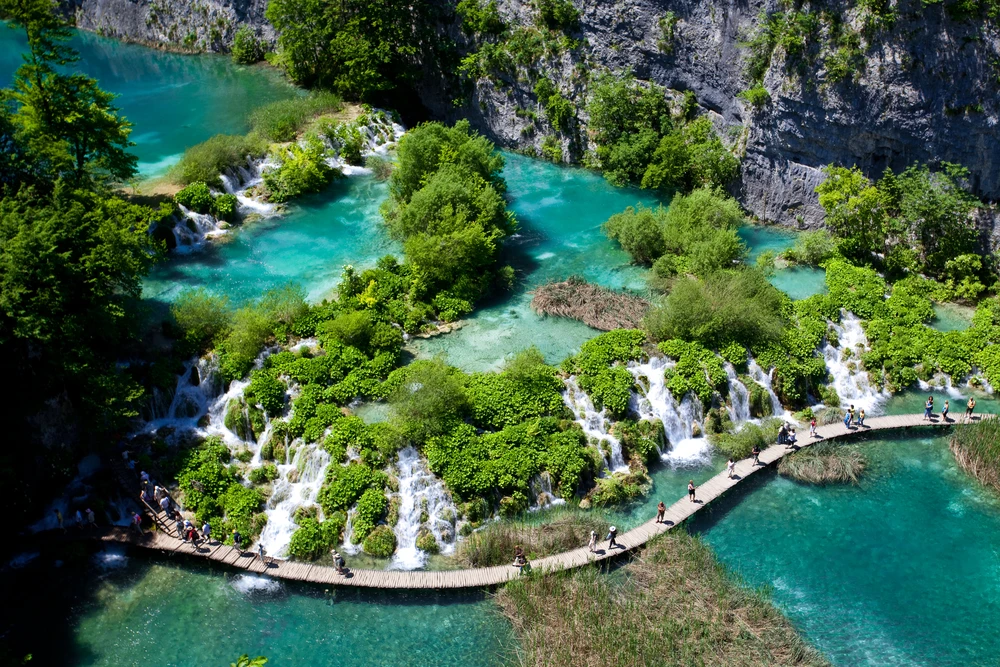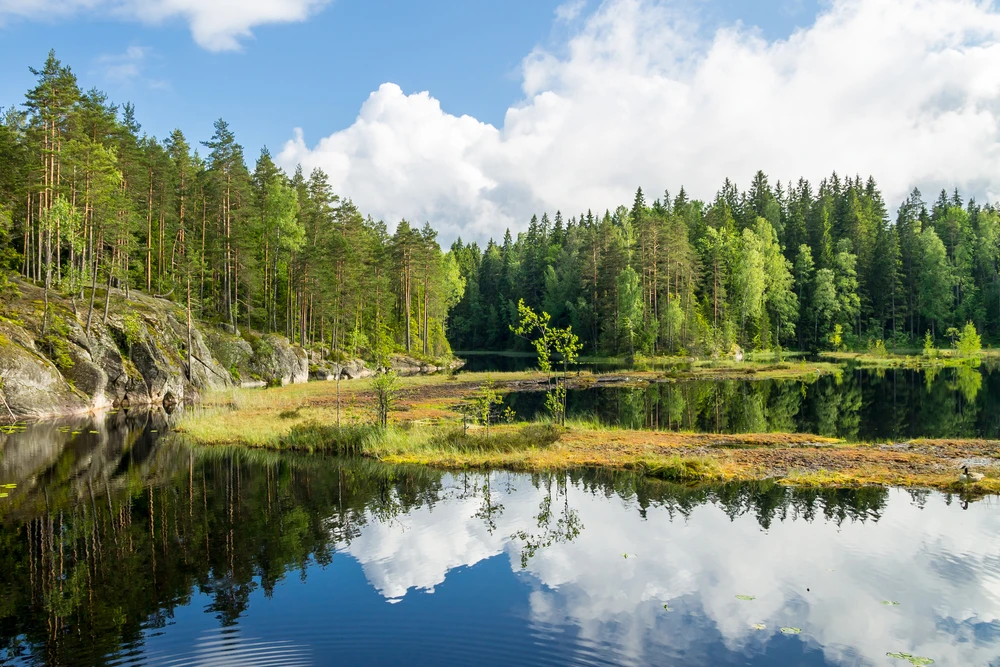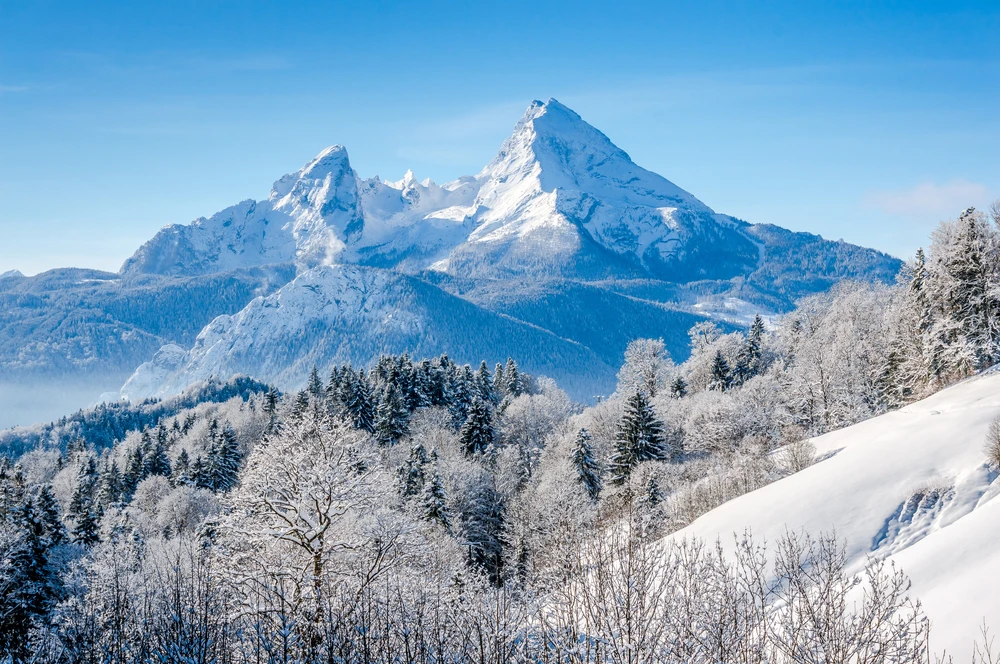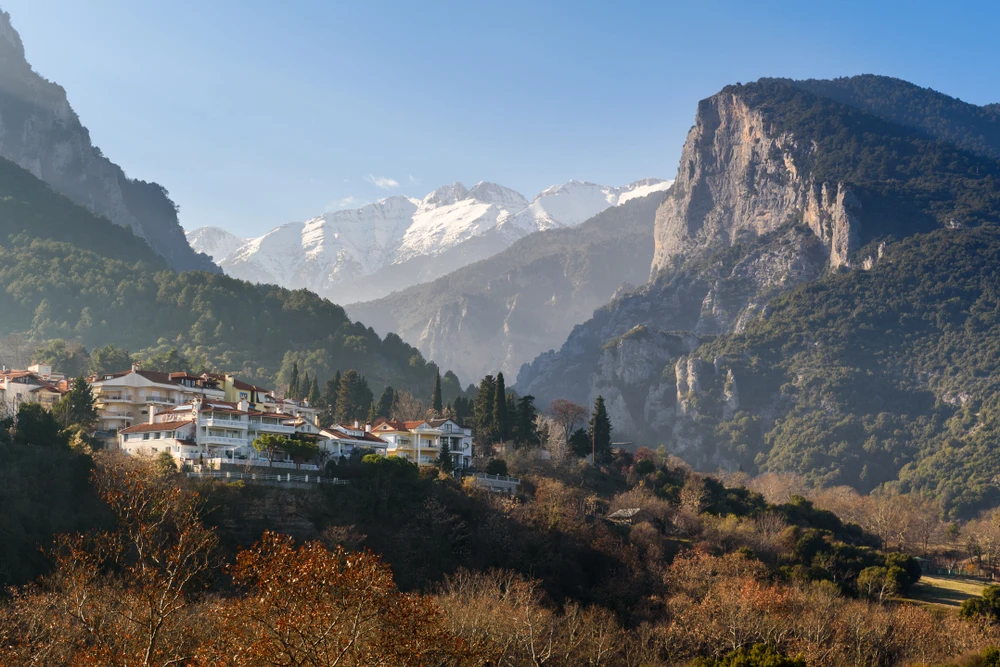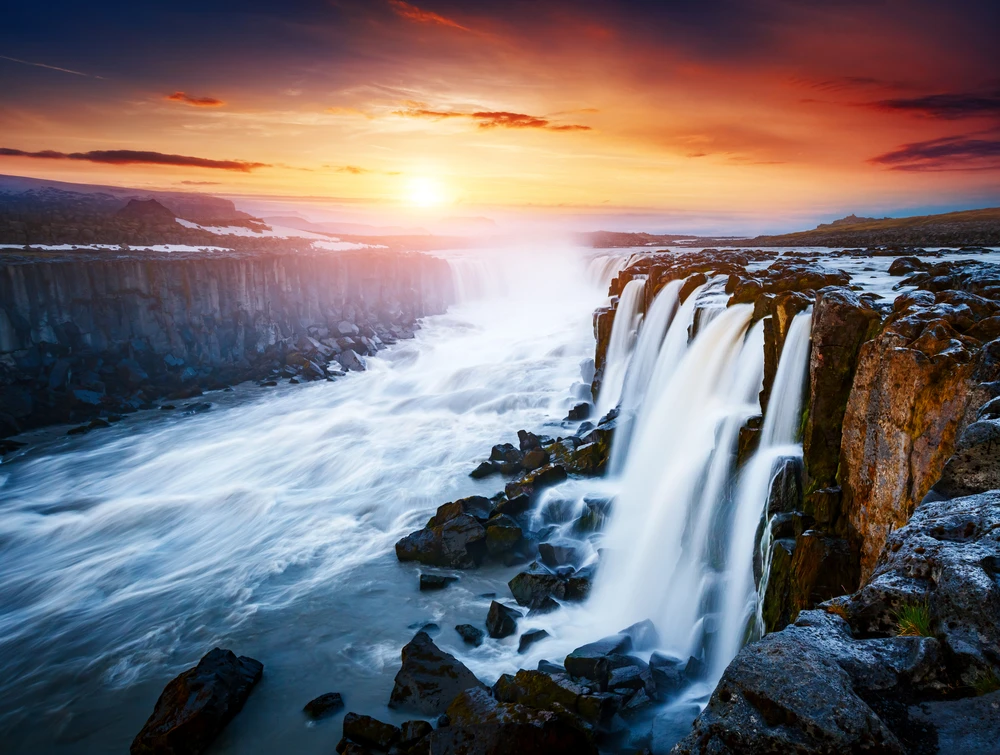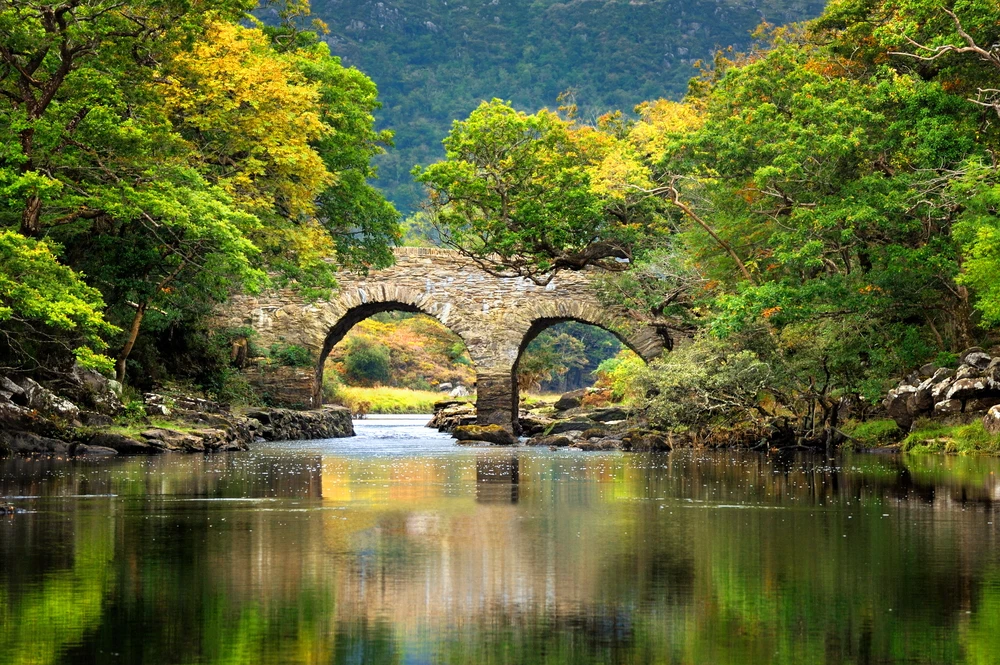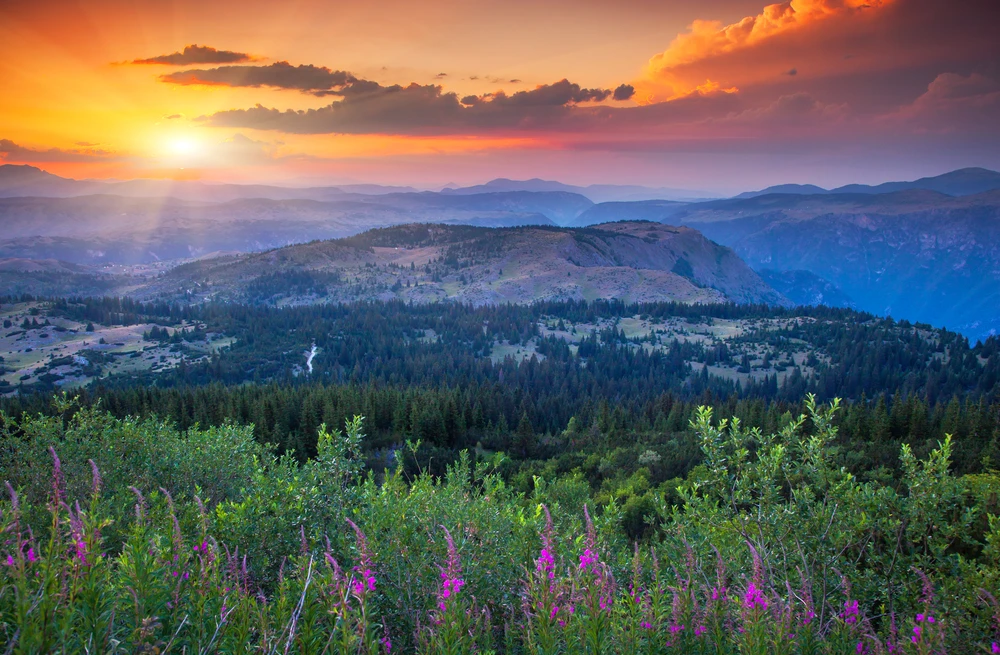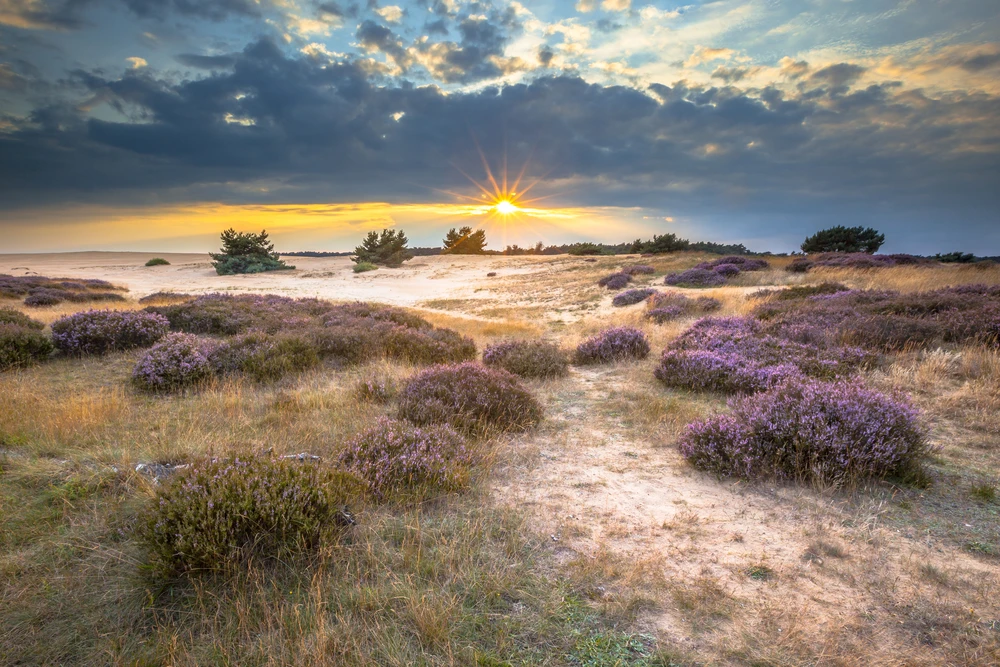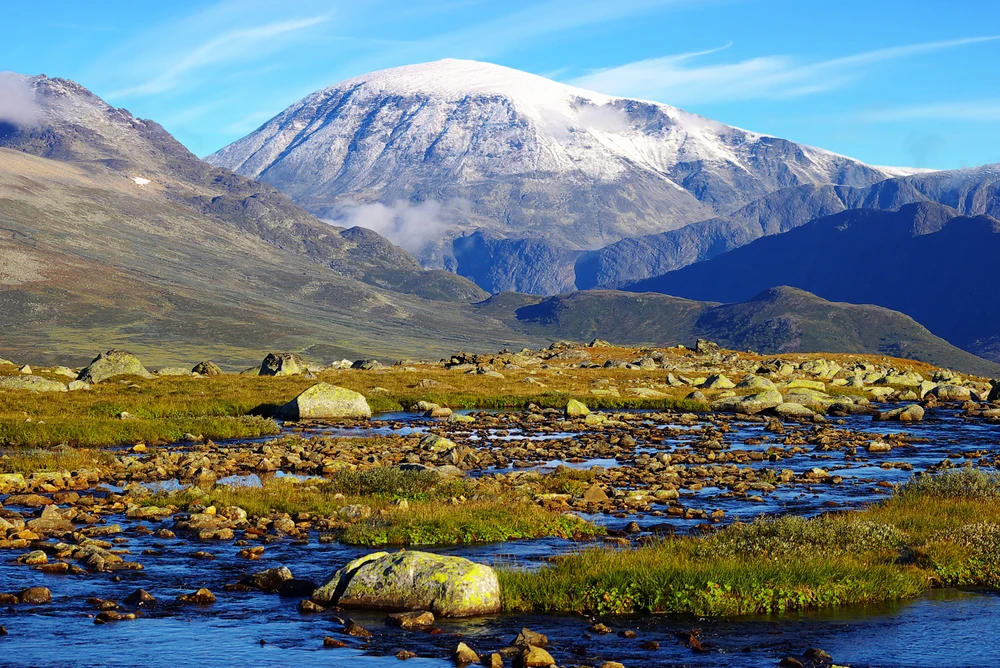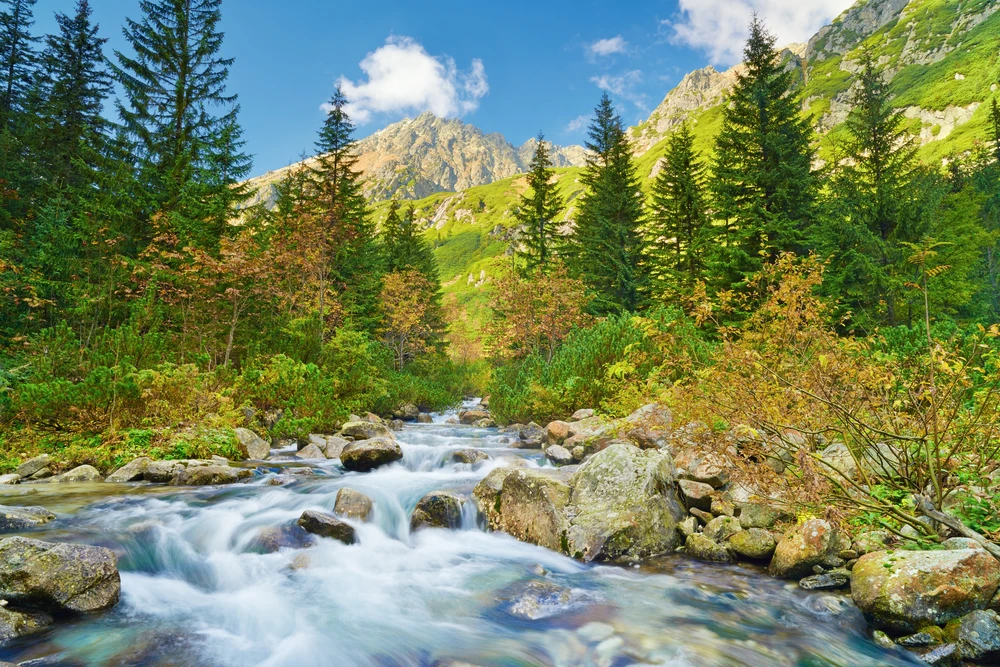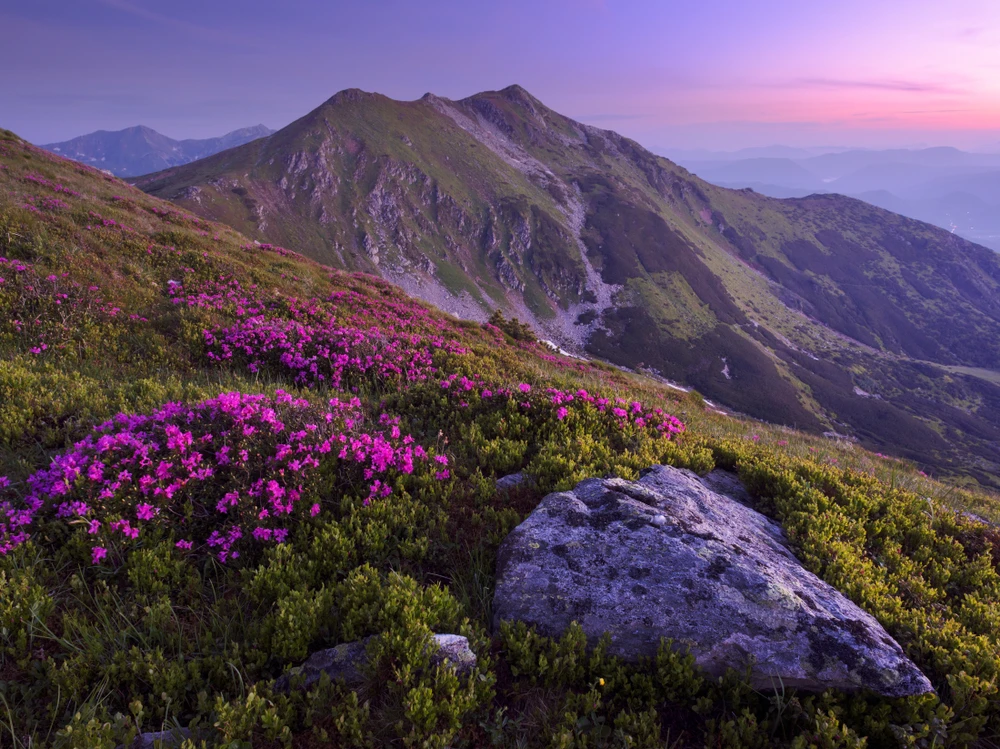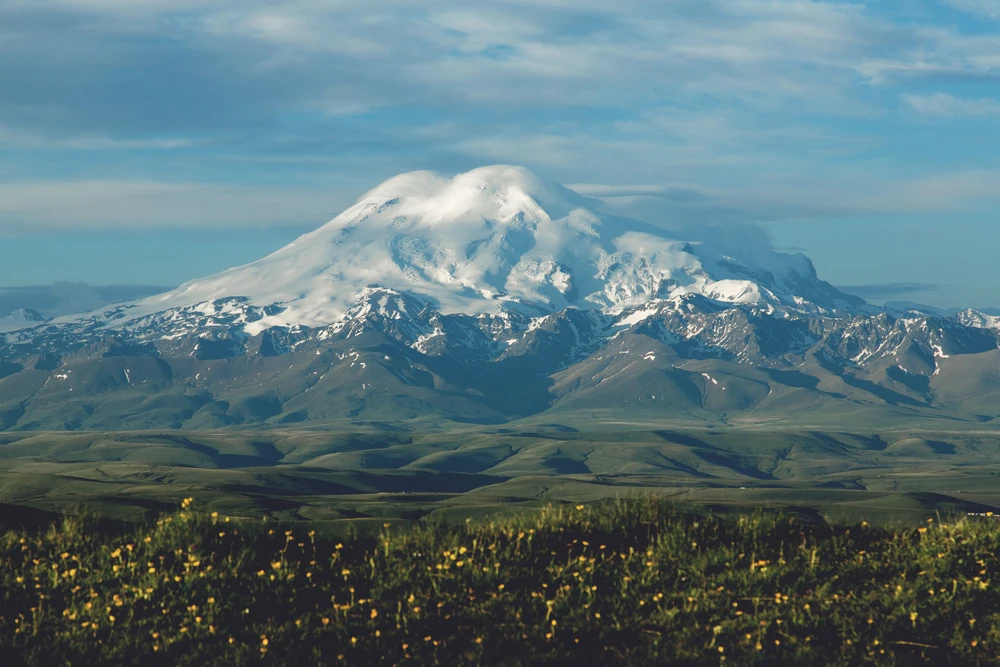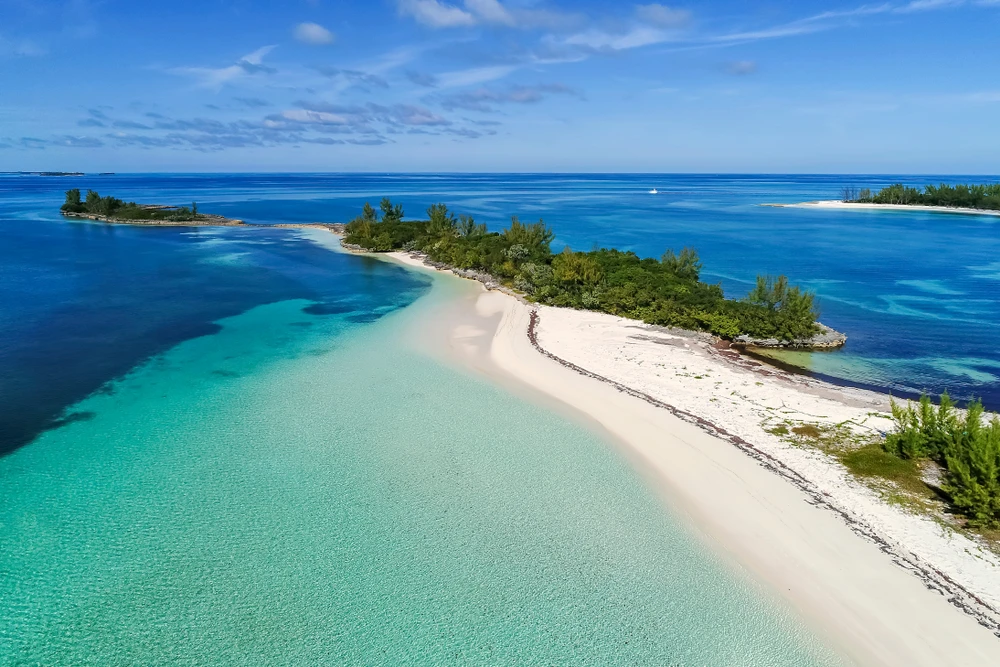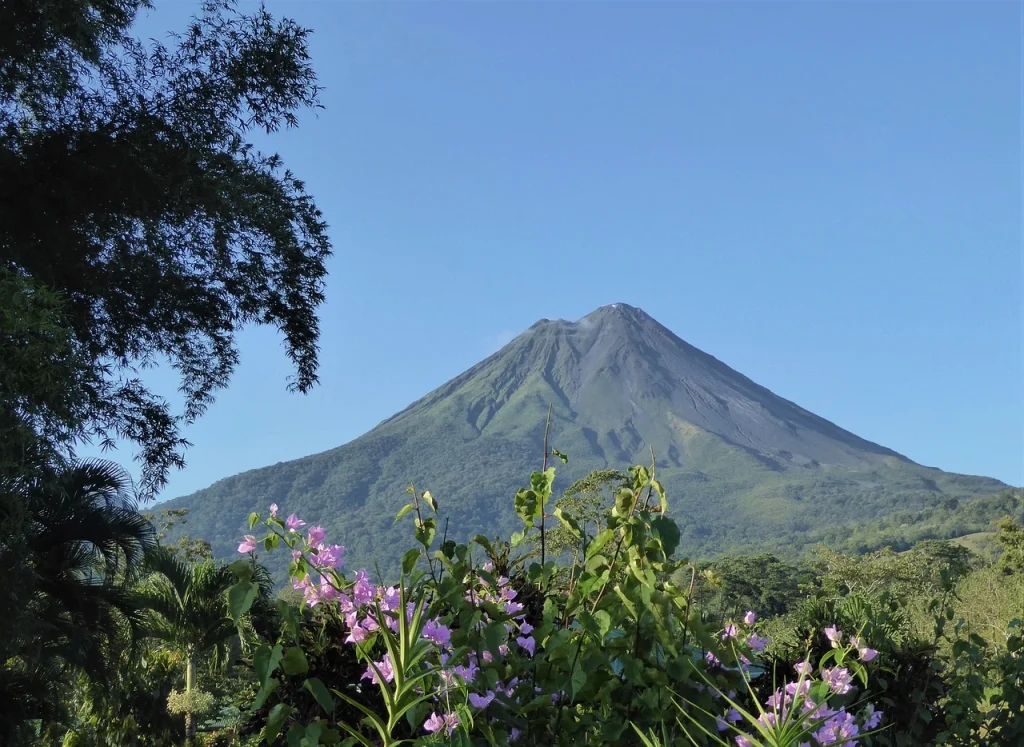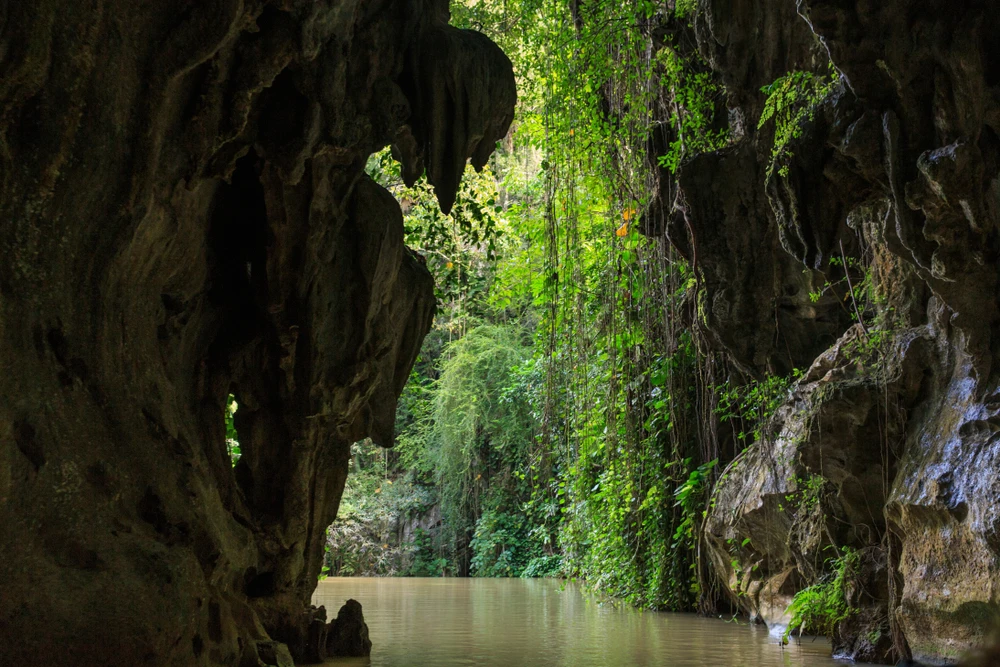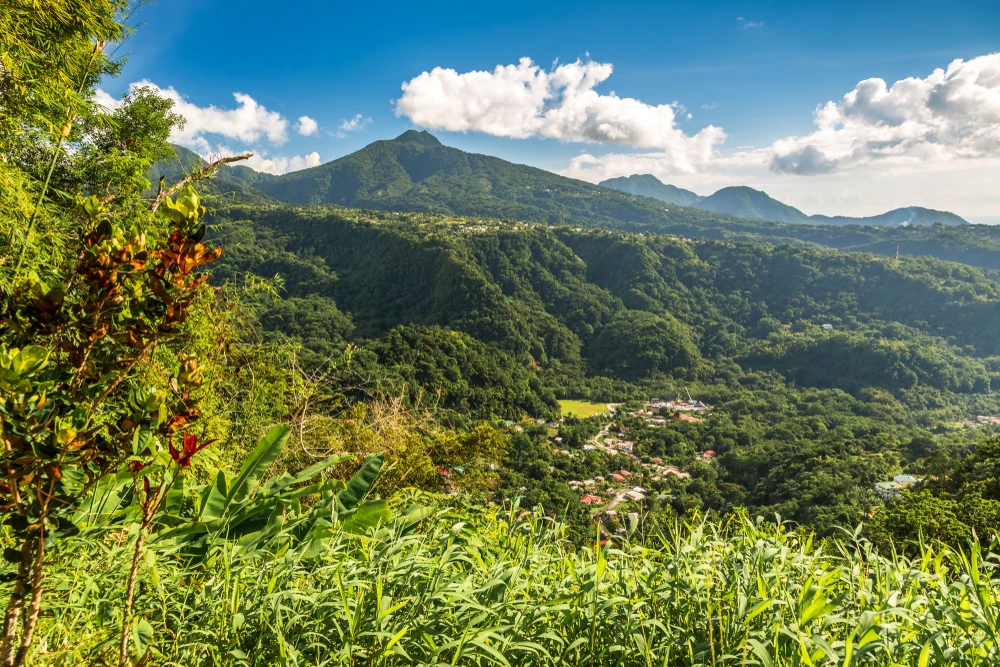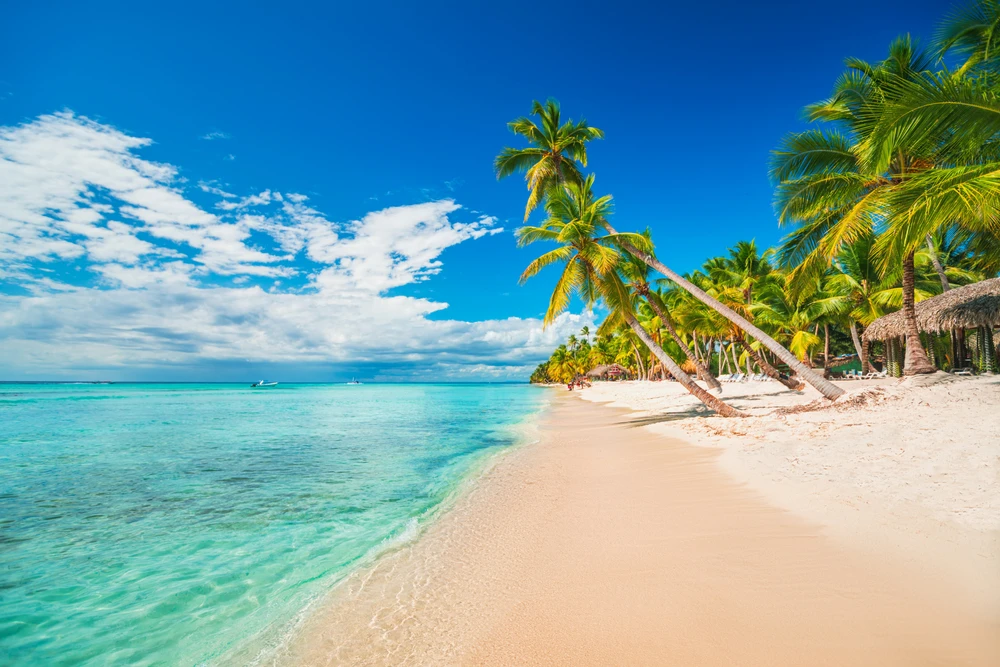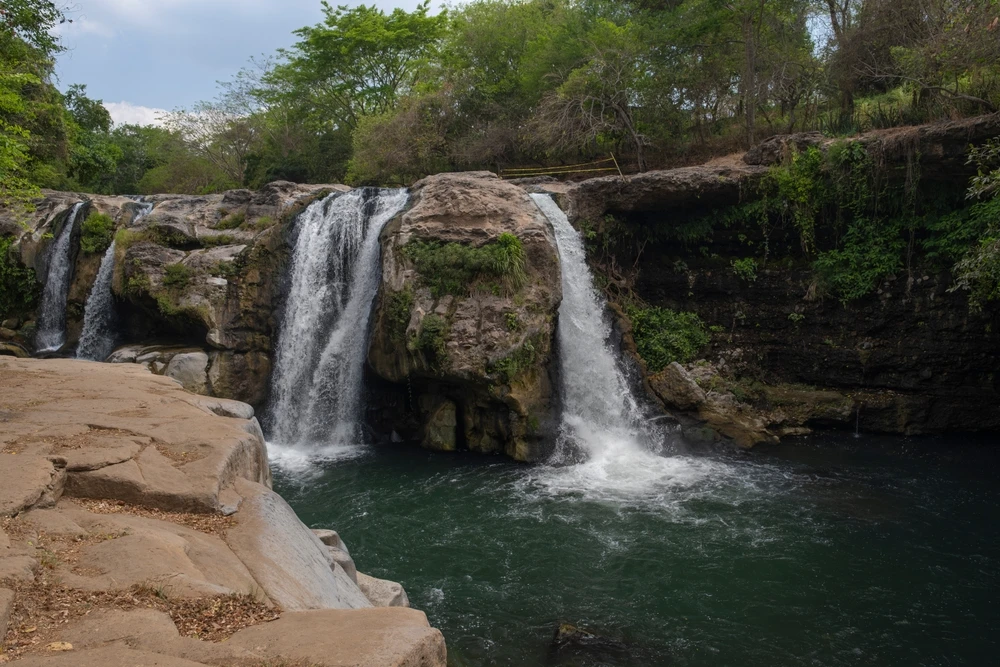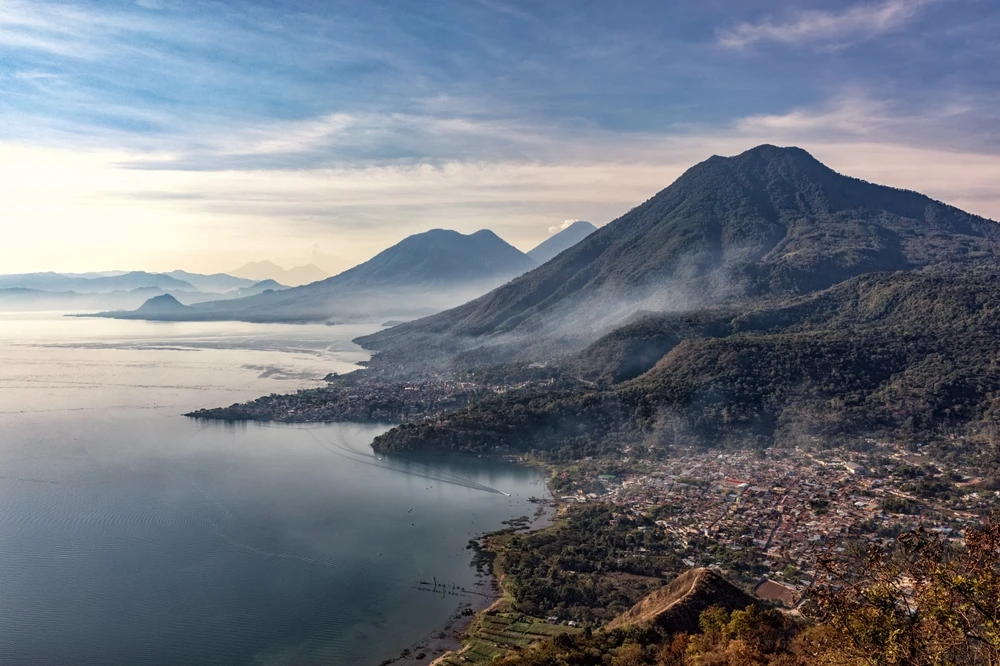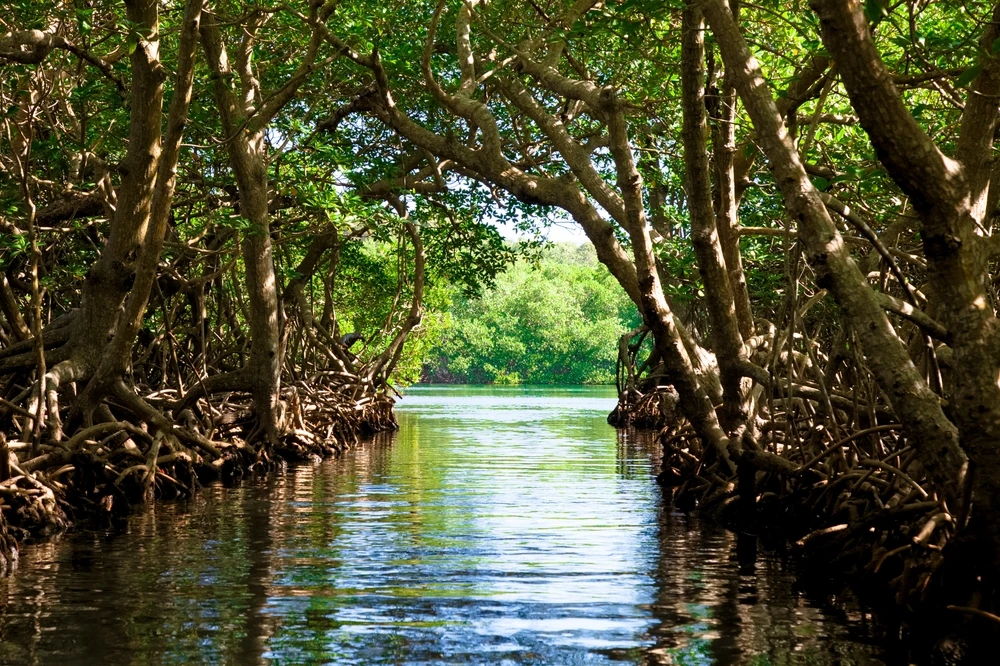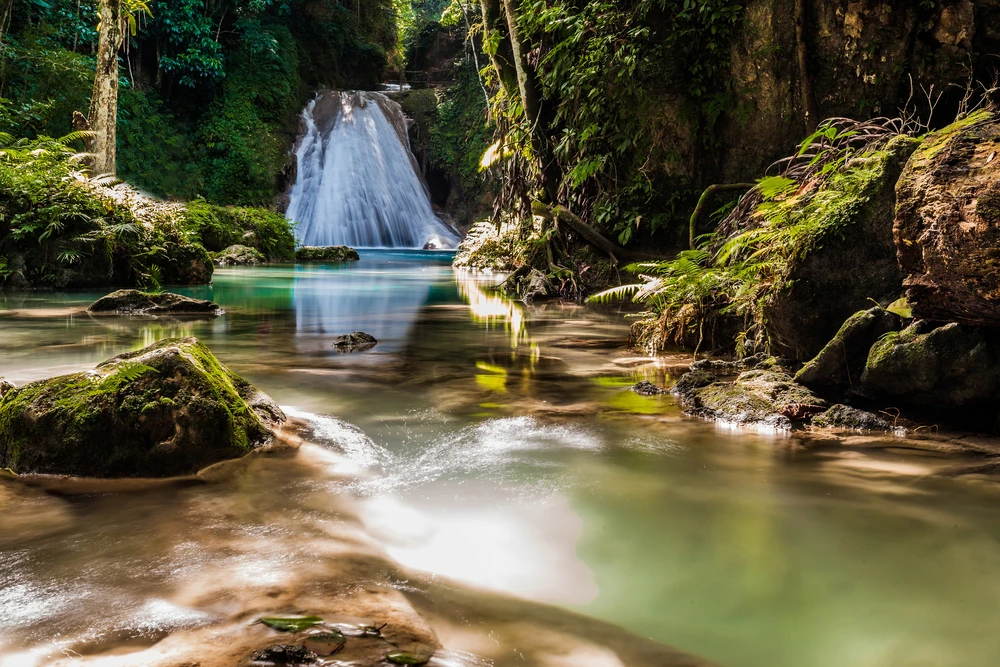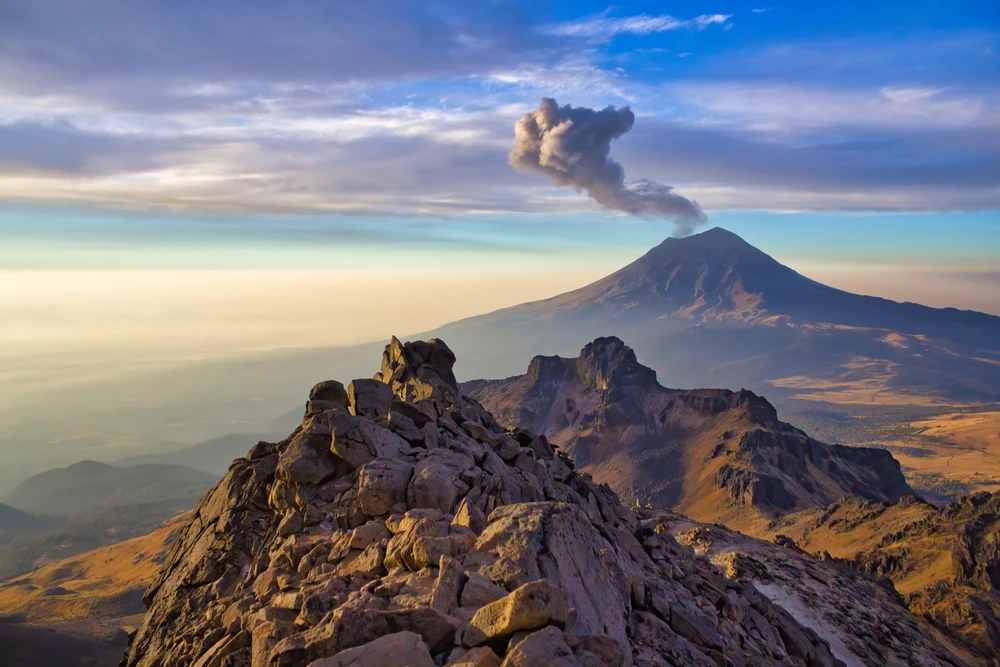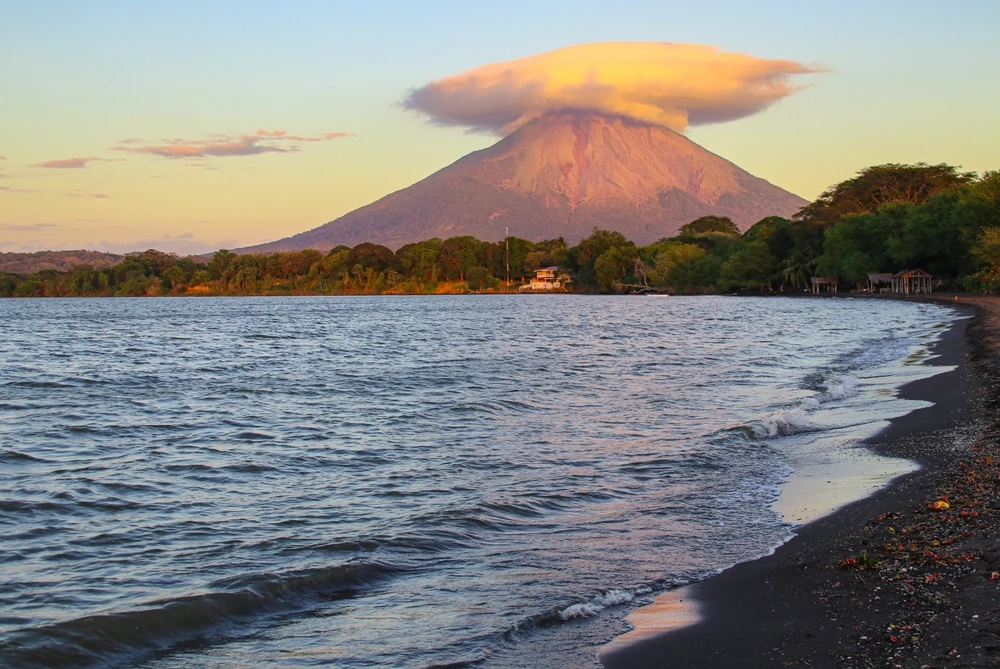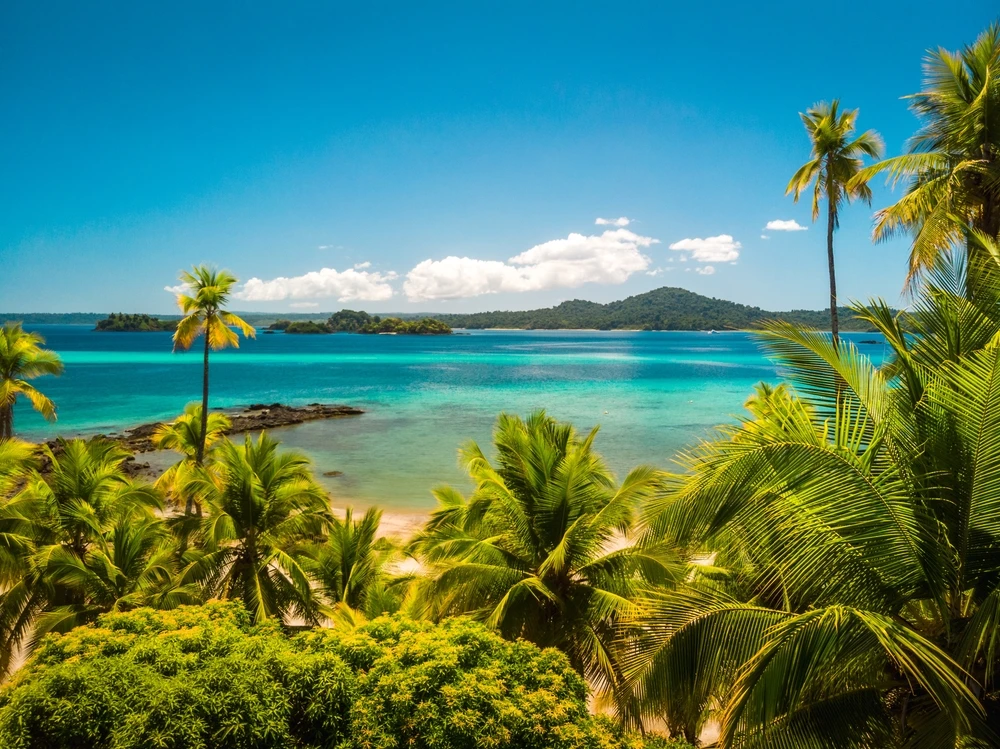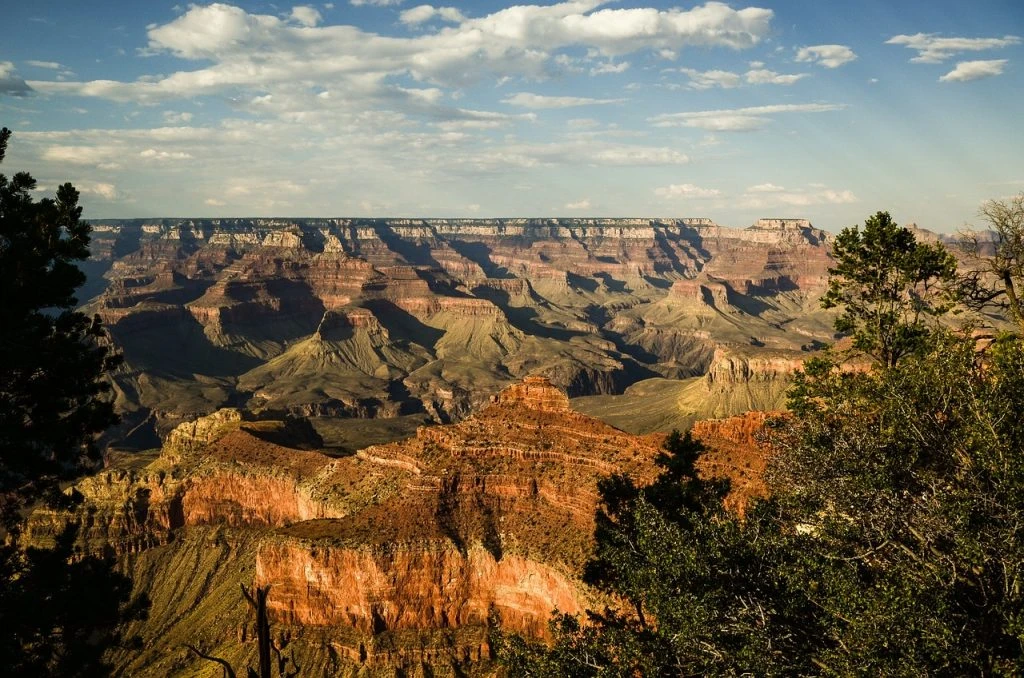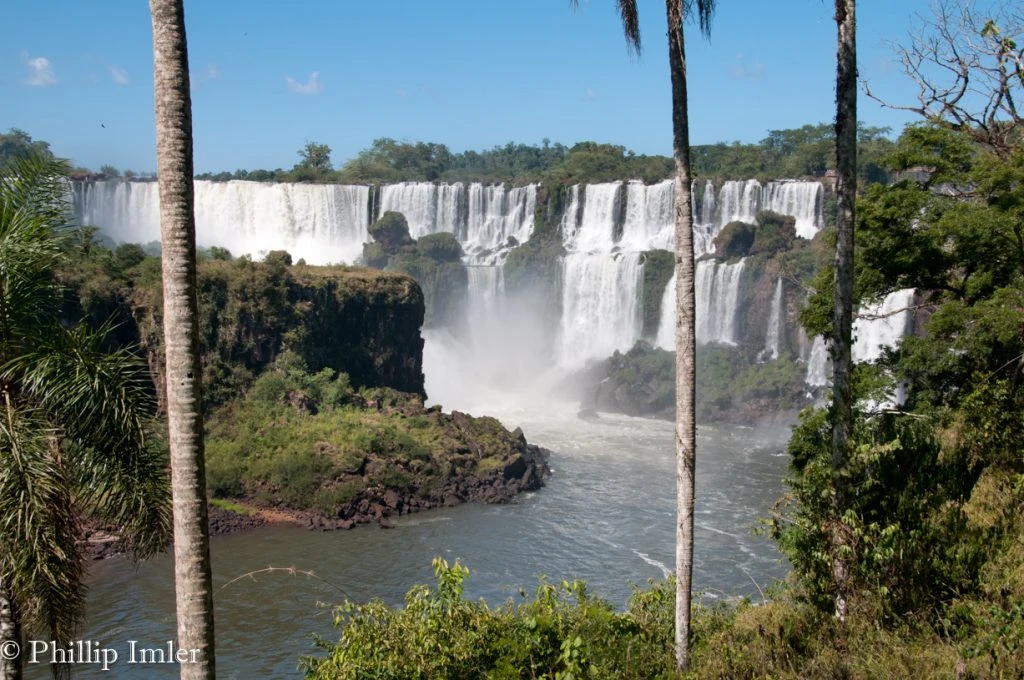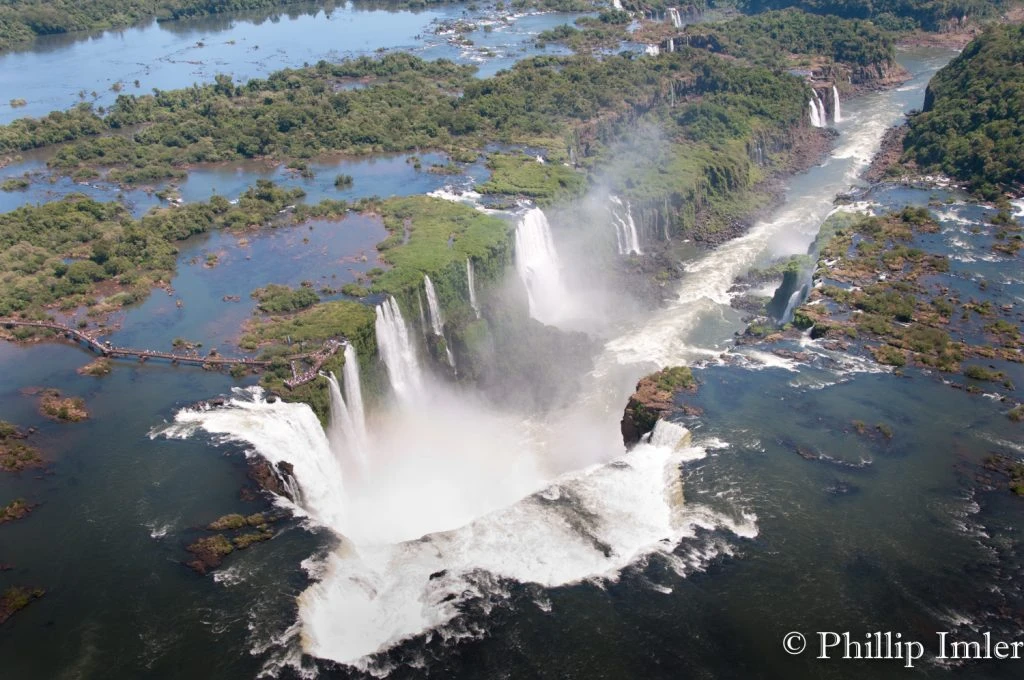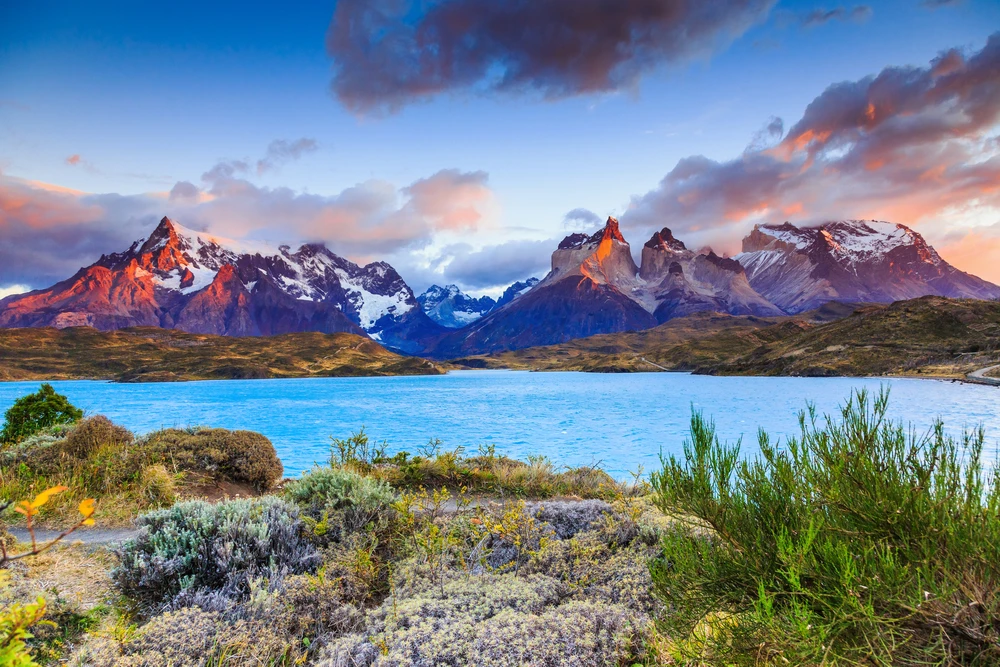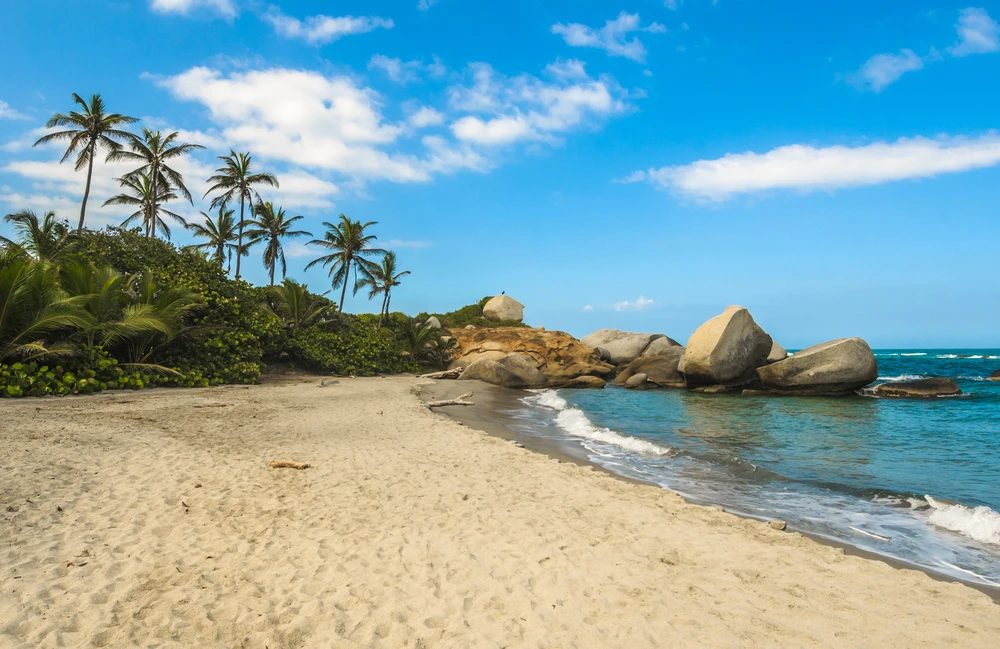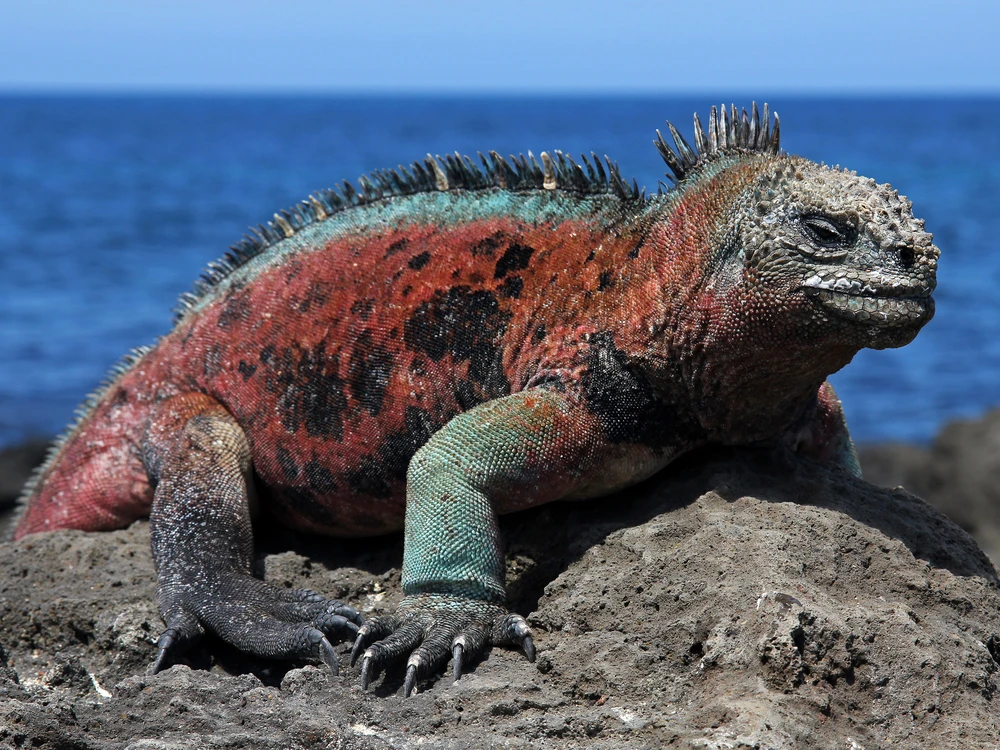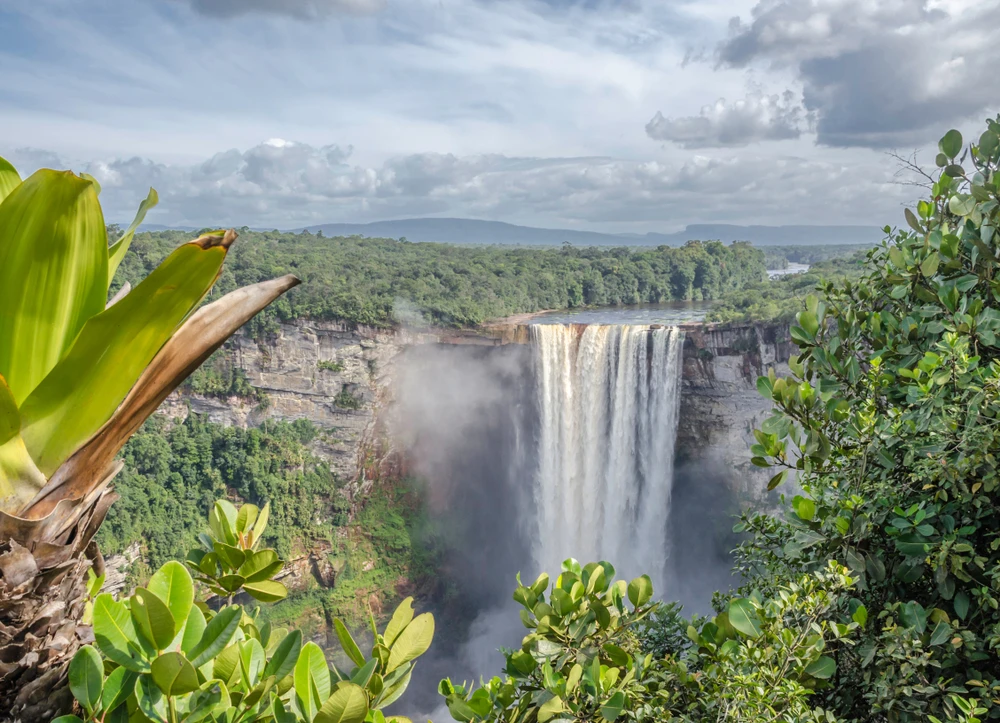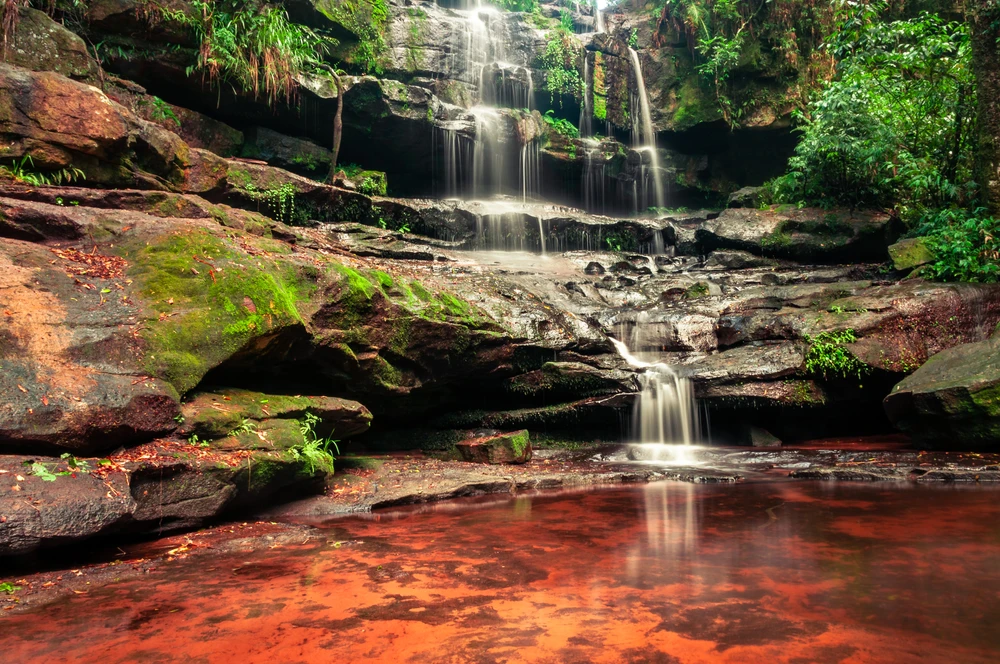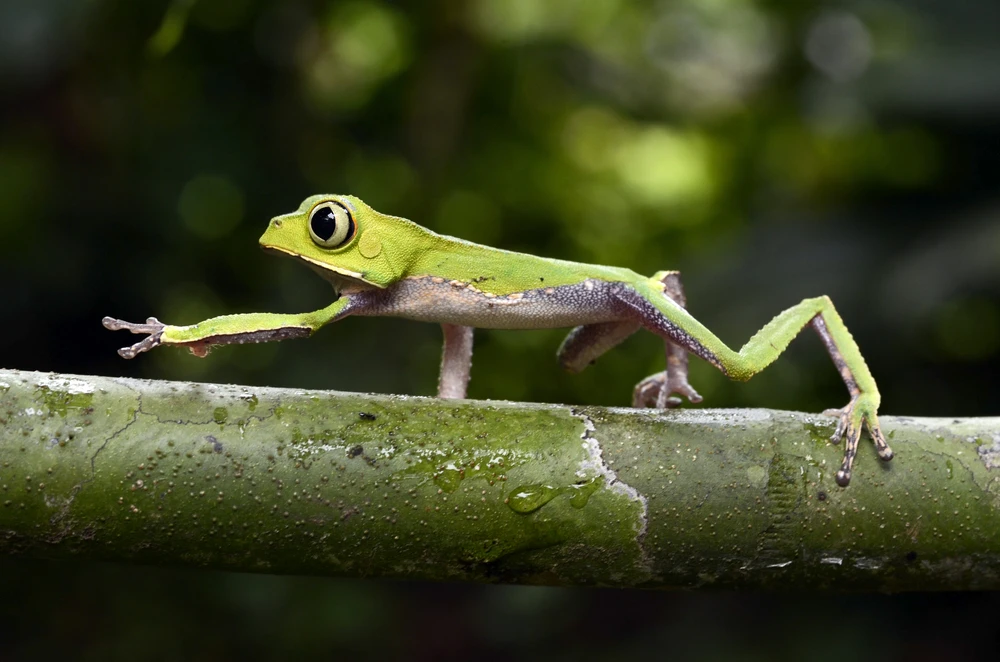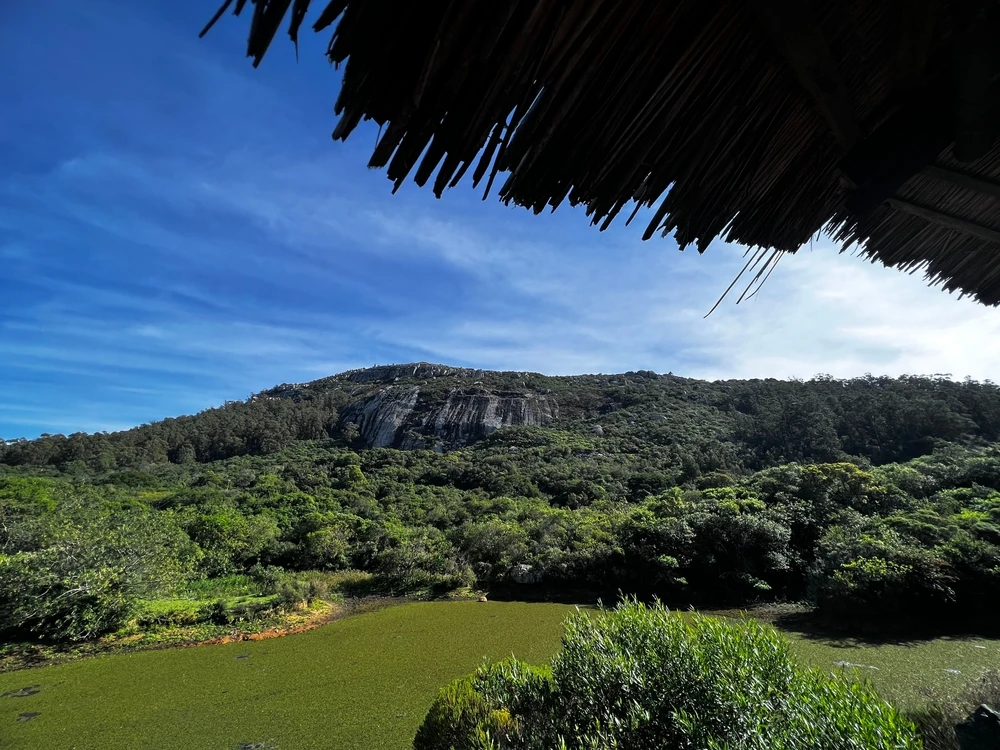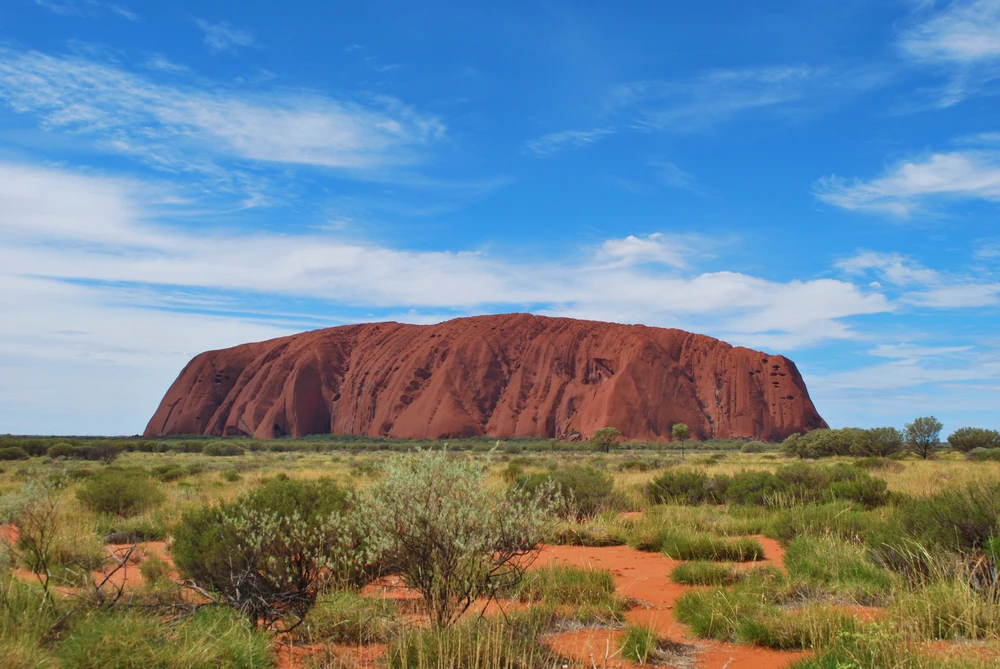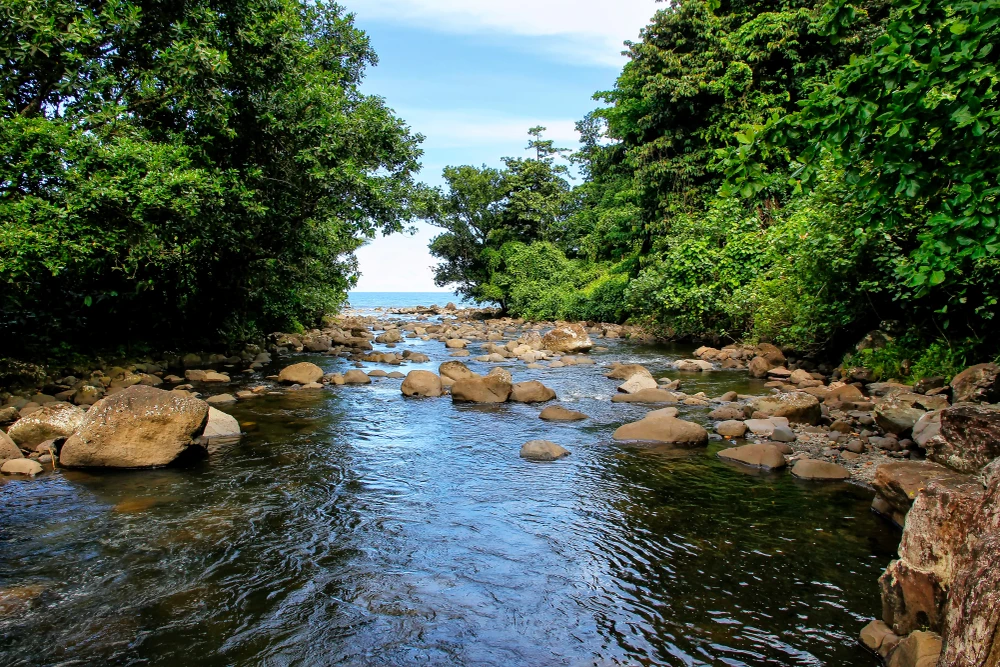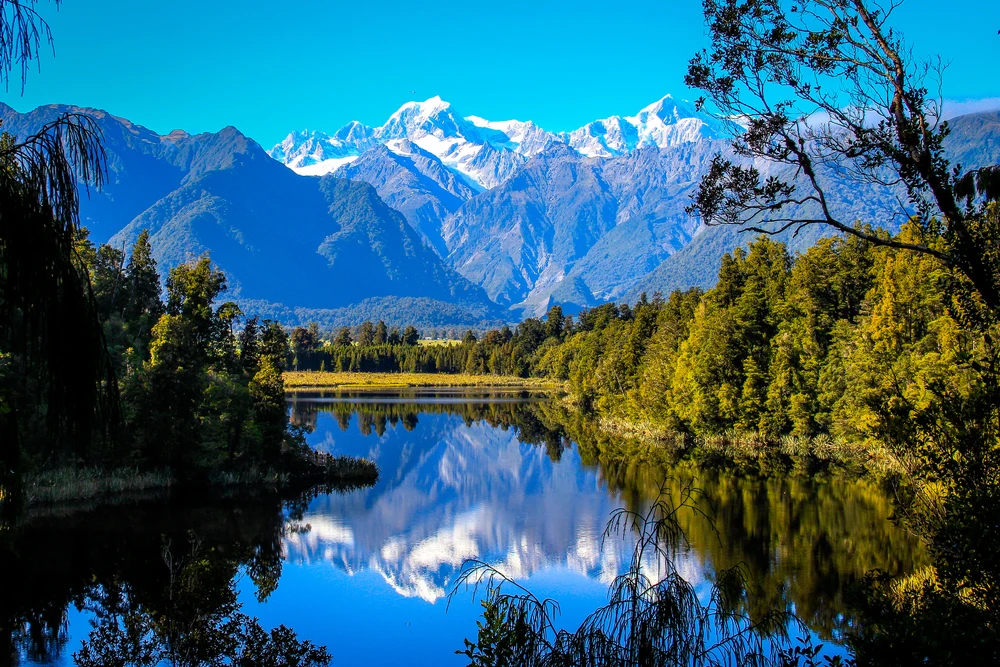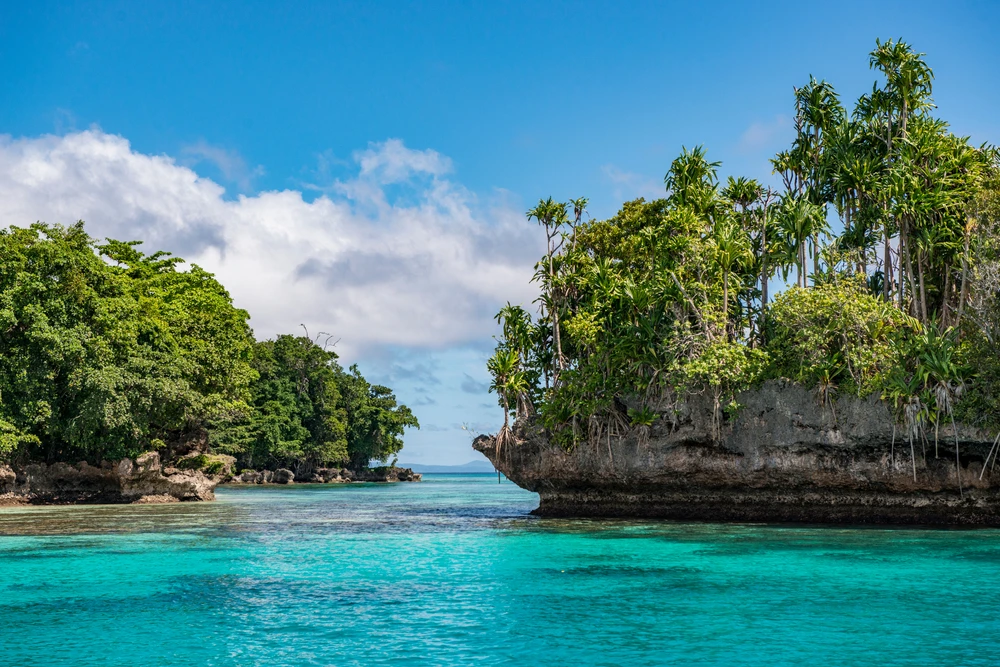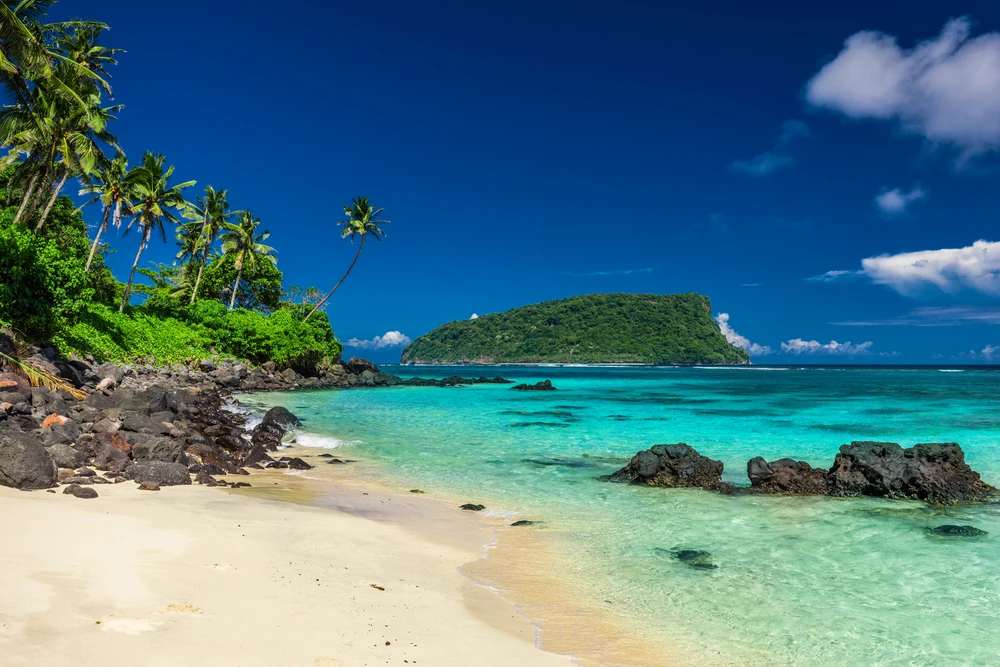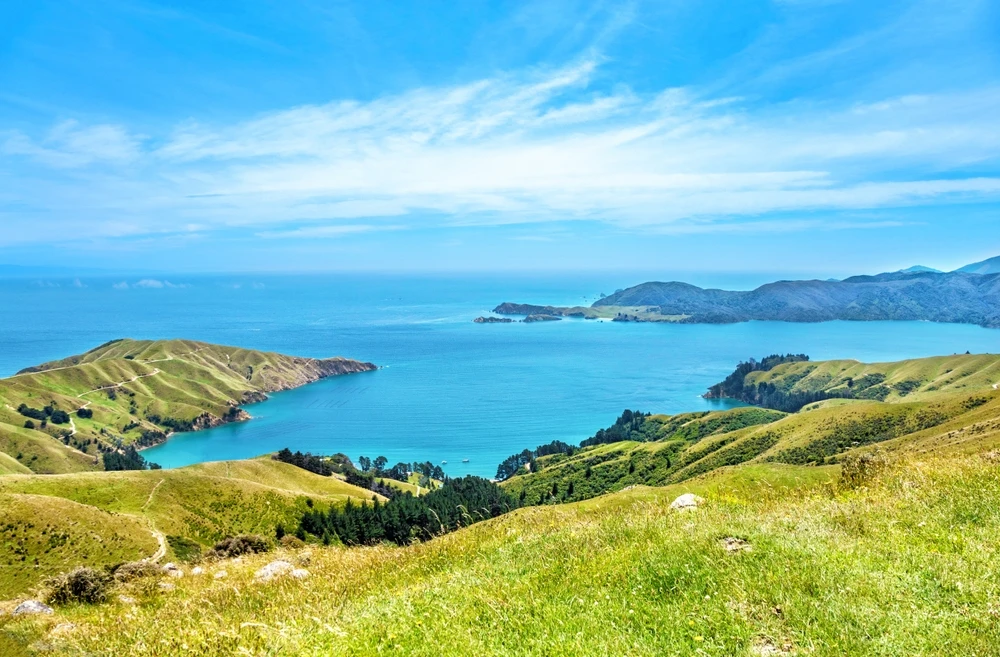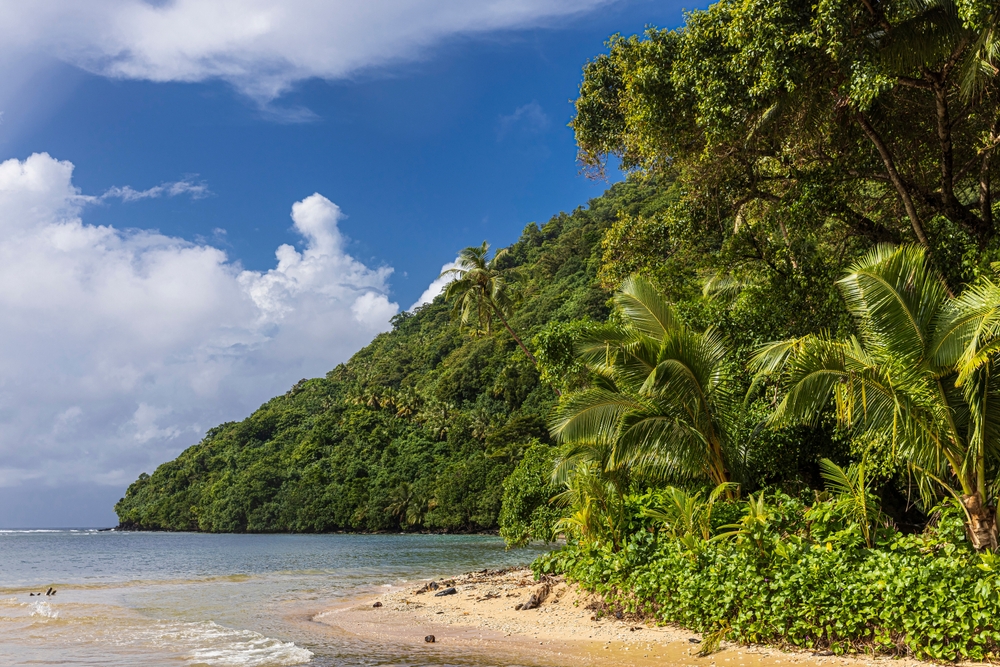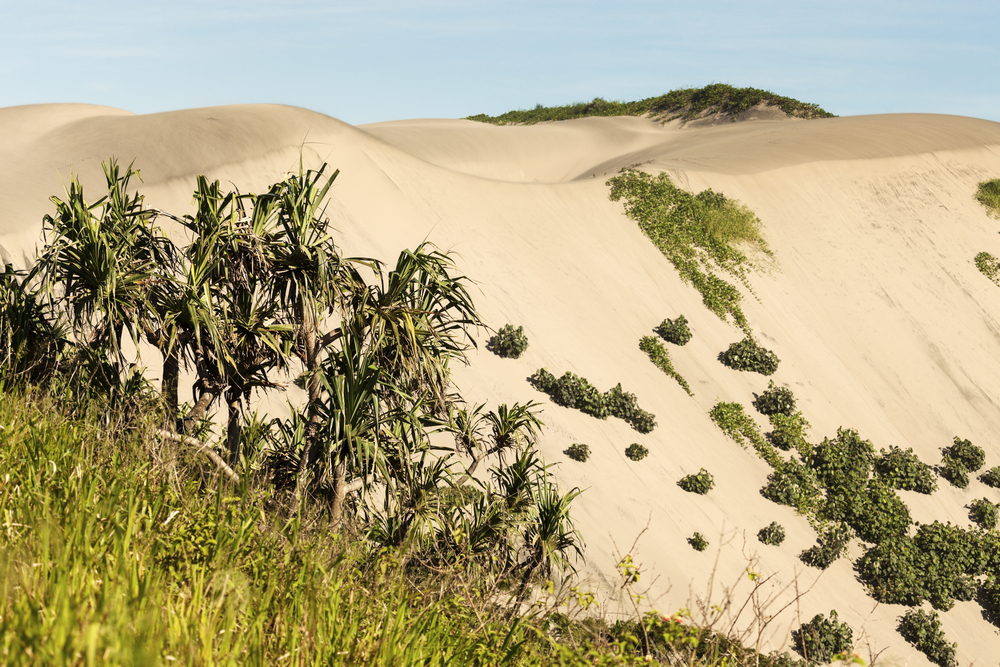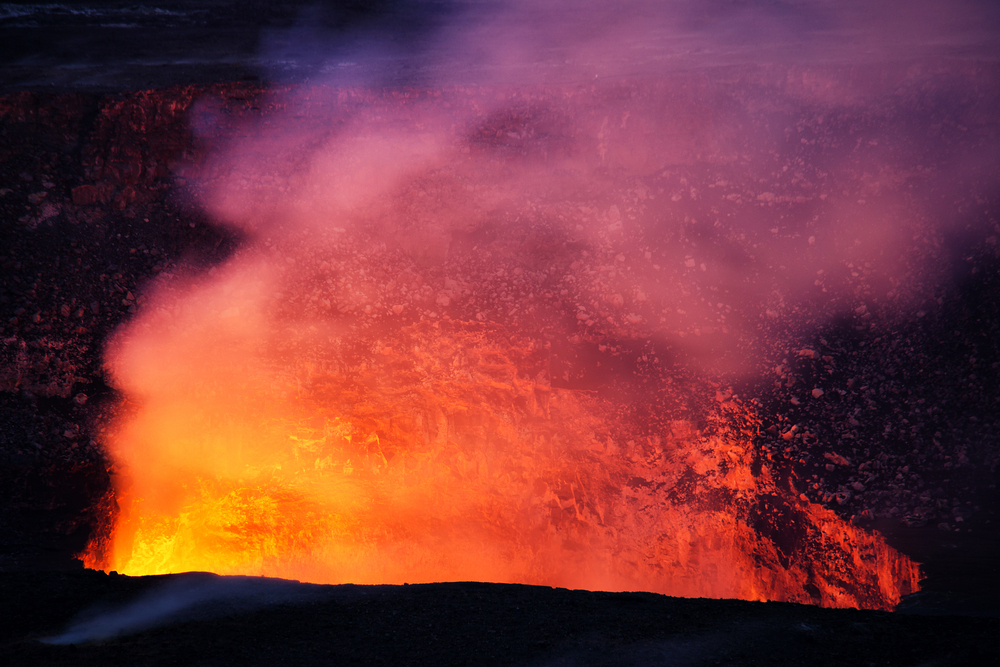O Le Pupu-Pu’e Overview
O Le Pupu-Pu’e National Park, located on the island of Upolu in Samoa, covers approximately 11.5 square miles (30 square kilometers). As the country’s first national park, it protects a diverse range of ecosystems, from coastal forests to highland rainforests.
The park extends from the coastline inland to the mountainous terrain, including the towering peaks of Mount Fito, which, at 3,566 feet (1,087 meters), is the highest point within the park. The landscape is characterized by lush tropical vegetation, volcanic rock formations, waterfalls, and caves, making it a haven for nature lovers.
The dense rainforest canopy is interspersed with large ferns, orchids, and towering native trees such as the tamanu and banyan. The park also features lava tubes and steep cliffs, adding to its geological significance.
Wildlife in O Le Pupu-Pu’e National Park is rich and varied, with a mix of native and migratory species. Among its most notable inhabitants are the Pacific flying fox and Samoan flying fox, both of which play a crucial role in pollination and seed dispersal. Reptiles, including skinks and geckos, can be spotted among the trees and undergrowth.
The birdlife is particularly remarkable, with species such as the Samoan whistler, Samoan starling, and the crimson-crowned fruit dove providing bursts of color and song throughout the park. The elusive tooth-billed pigeon, also known as the manumea, is one of the rarest birds in Samoa and is of special conservation concern. The park’s waterways support freshwater eels and crustaceans, while its varied habitats offer refuge to a range of insects and amphibians.
Visitors to the park are drawn to its many natural attractions, with the Togitogiga Waterfall being one of the most popular spots. This picturesque series of cascades is set within a forested area and has natural swimming pools where visitors can cool off.
The Peapea Cave, a lava tube formed by ancient volcanic activity, offers an adventurous exploration opportunity. Hiking trails wind through the rainforest, leading to breathtaking viewpoints overlooking the coastline and the surrounding mountains.
The Mount Fito Trail is particularly popular, providing a challenging but rewarding trek with panoramic views from the summit. Along these trails, visitors can experience the tranquility of the rainforest, hear the calls of native birds, and encounter the park’s diverse flora and fauna.
Engagement with the park extends beyond sightseeing and hiking. Guided tours offer insights into the cultural and ecological significance of the park, with local guides sharing traditional knowledge of the forest and its resources. Birdwatching is another rewarding activity, particularly for those hoping to spot rare or endemic species.
The park is also a site for scientific research and conservation efforts, providing an opportunity for visitors to learn about the ongoing work to protect Samoa’s natural heritage.
O Le Pupu-Pu’e National Park faces conservation challenges, particularly from deforestation, invasive species, and climate change. The encroachment of agriculture and logging threatens the delicate balance of its ecosystems. However, conservation initiatives have made progress in habitat restoration and species protection.
Community involvement is a key aspect of the park’s management, with local efforts focusing on sustainable land use and environmental education. Through these initiatives, the park continues to be a vital sanctuary for Samoa’s unique biodiversity while offering an immersive natural experience for visitors.

